Description
HISTORY OF LNER B1
With Gresley’s death in 1941, Thompson became the LNER’s Chief Mechanical Engineer (CME), and quickly initiated a plan of locomotive standardization and modernization. This was in stark contrast to Gresley’s policy of creating new locomotive types only when required. This suited the LNER’s economic restraints but did lead to many different types of locomotives with few common parts. High on Thompson’s standardization plan was a mixed traffic 4-6-0 type. Initially designated “Class B”, they had been reclassified to Class B1 by the time the first locomotive No. 8301 Springbok had been completed in 1942. The pre-existing Class B1 were reclassified as Class B18. The Thompson B1 would quickly become the most successful of Thompson’s locomotive designs and a total of 410 were built by the LNER and British Railways (BR). The standard 4-6-0 design was intended to replace all of the 4-6-0s (excluding those replaced by the Pacifics), all of the heavy 4-4-0s, the D11 4-4-0s, the D49 4-4-0s, the passenger Atlantic’s, the K2 2-6-0s, the K3 2-6-0s, the J6 0-6-0s, the J39 0-6-0s, and other high speed 0-6-0s. Most of these replacements were achieved in practice – a complement to the standardization process.
The initial proposal for a 4-6-0 was based on the B17 ‘Sandringham’ Class but with only two cylinders. The cylinders were to a standard type (based on those used on the K2 2-6-0s), as was the boiler (Thompson No. 2; Diagram 100A), and the bogie. The tender would be either the large or the small Group Standard Type tenders. The first engine diagram was produced in November 1941, and closely resembled the classic Gresley look of the B17 ‘Sandringham’ Class. The Diagram was simplified in 1942, especially in the areas of the cab, running plate, and steam pipe casings. This was due to Thompson’s desire to keep the design simple for maintenance, construction, and standardization. This was especially important in the wartime conditions of the time. The boiler pressure was also increased to 225psi. The B17’s long front overhang was also reduced. This was originally due to the B17’s third cylinder which had been excluded from the B1 design. Thompson introduced a new type of bogie design to the LNER with the B1’s bogie. The center rubbing plates found on preceding Doncaster bogies were removed, and the load was transmitted to the bogie frames through spherical side bearers attached to the engine frame instead. The bogie design went through several variations, mainly in regard to the stretcher plates. After World War 2, the fabricated stretcher plates were replaced with castings. Laminated bearing springs were also replaced with helical springs. Earlier bogies with laminated springs tended to break, and from 1952 an extra plate was fitted to the spring rather than replacing the bogie with a later variant.
The first standard boilers were ordered near the end of 1941, but serious construction of the first batch of ten B1s would not start until the middle of 1942. The first B1, No. 8301 Springbok was completed in December 1942, and entered traffic on the 19th. The next locomotive would not be completed until June 1943, and the last locomotive of the initial batch would not be finished until the middle of 1944. A second batch of thirty were ordered in May 1944, but large-scale construction did not start until 1945 when the LNER announced a five-year modernization program. This program included a total of 400 B1s in addition to the original batch of ten. Construction of these 400 locomotives was much quicker than the original batch of ten. All were built between 1946 and 1952 in a total of eight batches. One of these batches was built by the North British Locomotive Co between 1947 and 1948. Numbering 150 locomotives in size, this was the largest single batch of locomotives which the LNER ever ordered. The first locomotive No. 8301 Springbok was named in honor of a recent visit by General Smuts. This continued by officially naming the B1s the ‘Antelope’ Class, although they also acquired the unofficial name of ‘Bongos’ after B1 No. 8306 ‘Bongo‘! The first 41 B1s were given antelope names when built. Eighteen more B1s were named after construction and carried the names of LNER directors. The only B1 named after Nationalization (1948) was No. 61379 Mayflower which was named in 1951. Mayflower also carried a plaque stating, “This locomotive was named Mayflower 13th July 1951 as a symbol of the ties between the two towns of Boston and of the lasting friendship between the USA and the British Commonwealth”.
In 1943, No. 8303 Impala was comprehensively tested on various LNER lines in Scotland. The B1s proved to be excellent at starting, which was particularly important on the Scottish lines which had many stations on gradients. Despite the use of poor-quality wartime coal, these tests demonstrated the B1’s free steaming capabilities and fast acceleration. This acceleration was important for the running of efficient semi-fast passenger services. One negative aspect of the tests, was that Impala tended of move unevenly when operating at cut-offs below 25%. Thought to be due to high cylinder compressions, this problem is thought to have caused many drivers to use the regulator rather than the reversing gear. In 1944, tests were ordered across the entire LNER system. Comparisons were made against a large variety of 4-6-0, 4-4-0, and 0-6-0 types. The B1s ran well in these tests, although they only ran against types which they were expected to replace. On 7th March 1950, No. 61057 crashed into a stationary goods train in dense fog whilst pulling a mail train from Peterborough to Liverpool Street. This was scrapped due to the severe nature of the damage. Although B1s were still being built, an extra replacement was not ordered. Hence the number of B1s in service peaked at 409 and not the intended 410. The B1s were fitted with two Wakefield No. 7 mechanical lubricators. Wakefield No. 77 lubricators were trialed between 1951 and 1954, with a resulting recommendation that No. 77 lubricators should be used when the originals needed replacing.
The post-War B1s had reverse sanders fitted, along with hopper ashpans. The latter removed the need for men to go underneath the locomotive to empty the ash. The original batch of ten B1s (Nos. 1000-9) were fitted with forward-only sanders. They were never fitted with reverse sanders or hopper ashpans. Self-cleaning smokeboxes were trialed in 1946, and they were also fitted to Nos. 1190-61359 when they were built. Further variations were tried to improve the circulation of the hot gases. Continental-style spark arrestors were introduced from 1950, but these tended to clog with soot. Clogging was worse than the self-cleaning smokebox grid design, due to the smaller area of the spark arrestor. In 1959 a Western Region spark arrester was tried, but this was also found to influence the steaming capabilities of the locomotive, as well as suffer the same clogging problems experienced by the other spark arrestor designs. The B1s did not require any major developments in the design. This was mainly due to the simple, robust nature of the design, but also due to impending conversion to diesel power. The firebox plates did tend to fracture, though. This was sufficiently severe that in 1955 there was a plan to replace the boilers with BR Type 3 boilers, as fitted to the BR Standard Class 5MT locomotives. The heavier boiler would have increased the axle loading and reduced the route availability. By this time, the conversion to diesel power had started and it was decided that it was too late to start a major reboilering program. Also, the problem with the boilers had been partially solved with the addition of strengthening plates on the firebox flanges.
The first batch of B1s were distributed with eight locomotives in the Great Eastern (GE) Section, and two locomotives in Scotland. As bulk delivery began, early allocations were also given to the Great Central (GC) Section, and to Hitchin to replace the aging Great Northern (GNR) Atlantics. By final delivery in 1952, the bulk of the B1s (259 in total) were allocated to BR’s Eastern Region, with 80 and 70 allocated to the North Eastern and Scottish Regions respectively. In 1953, fourteen B1s were loaned to the Southern Region when the Bulleid Pacifics had to be urgently withdrawn for special axle examinations. The earliest Great Northern Section B1s operated out of Hitchin, working suburban services to Kings Cross. Due to them being brand new, the B1s were very popular with drivers in the area – even as stand-ins for Pacifics and V2s which showed signs of failing. Kings Cross used its B1 allocation to haul the Cambridge buffet expresses which were re-introduced in the late 1940s. The GN also used B1s for fast freight (eg. fish from Hull), and many passenger excursions (eg. rugby games and Butlins’ Specials). With the arrival of the B1s on the Great Central Section in 1946, they were quickly use pulling virtually all the GC Section passenger expresses, especially those in Lincolnshire and on the London Extension. Most of these services were replaced with diesels and diesel multiple units in the 1950s, leading to the B1s displacing older 0-6-0s on local freight services. The older 0-6-0s were quickly withdrawn. Despite the steady process of dieselization, the London Extension kept many of its B1s alongside a growing number of Stanier Black 5s and Standard Class 5s. Diesel locomotives rarely operated these later years on the London Extension, but some diesel multiple units were used on the southern section between Aylesbury and Marylebone.
The Great Eastern Section experienced a huge increase in traffic during World War 2. Many of the GE locomotives such as the B17 ‘Sandringham’ Class suffered in their maintenance. Hence the arrival of the B1s was much needed and a great success. They quickly started hauling the express passenger workings between Norwich and Liverpool Street. Stratford, March, and Cambridge also received B1s. They quickly became the main passenger locomotive and displaced the B17s. Over time, the GE Section tended to overload the B1s and they would be replaced on the heavier routes by the BR Standard ‘Britannia’ Class Pacifics when these arrived in 1951. The B1s would then start to appear on some of the GE Section’s freight services. The North Eastern Section was responsible for the running-in of the original batch of ten B1s, but these were quickly moved to other regions. It would not receive its own allocation until 1946. The first allocations replaced D49 4-4-0s which Neville Hill was still using for fast services to Newcastle due to the shortage of suitable Pacifics. When the Pacifics returned, the B1s were allocated to secondary services. Most of the other NE Section B1s were also allocated to passenger services, although B1s at Dairycoates, Borough Gardens, and Stockton worked freight trains. As with the GN Section, the B1 was a popular choice for Saturday excursion trains. The first two B1s allocated to Scotland were quickly put to work hauling the passenger services on the Edinburgh to Perth main line. Further B1s hauled other passenger services, quickly replacing a variety of 4-4-0 types. B1s allocated to St. Margarets also worked many of the long-distance goods trains to Carlisle and Newcastle. The B1s were generally very successful in the Scottish Area and were used for a huge variety of service types. For a number of the GNS (Great North of Scotland) sheds, the B1s were the first mainline locomotives to be delivered new since Grouping in 1923. As such, their arrival was a big event! After Nationalization in 1948, the B1s would also be regularly seen on former LMS lines in Scotland.
Excluding No. 61057’s accident in 1950, the first B1 was withdrawn in November 1961. The last three were withdrawn in September 1967. Between 1963 and 1966, seventeen of the withdrawn B1s were converted for use as stationary boilers to heat coaching stock. These had their hooks removed so that they could not pull revenue earning services but were still capable of moving themselves. All of the stationary boiler B1s were withdrawn by 1968. One of these boilers (locomotive No. 1264) was lucky enough to make it to Barry Scrapyard. The only LNER locomotive to reach Barry, No. 1264 has been restored to running condition. No. 61306 also survives and is currently named No. 1306 Mayflower – a name it never carried in service.

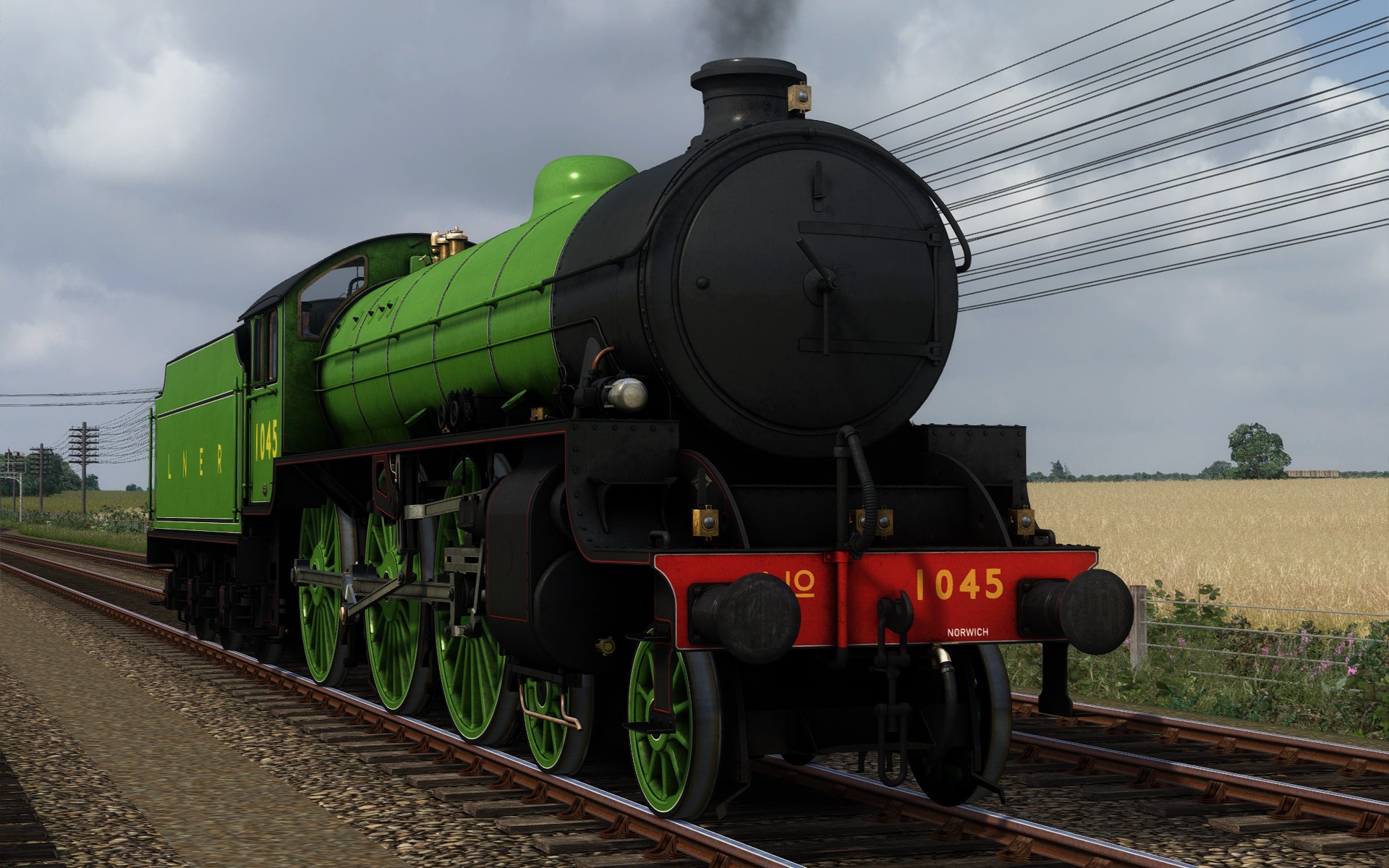
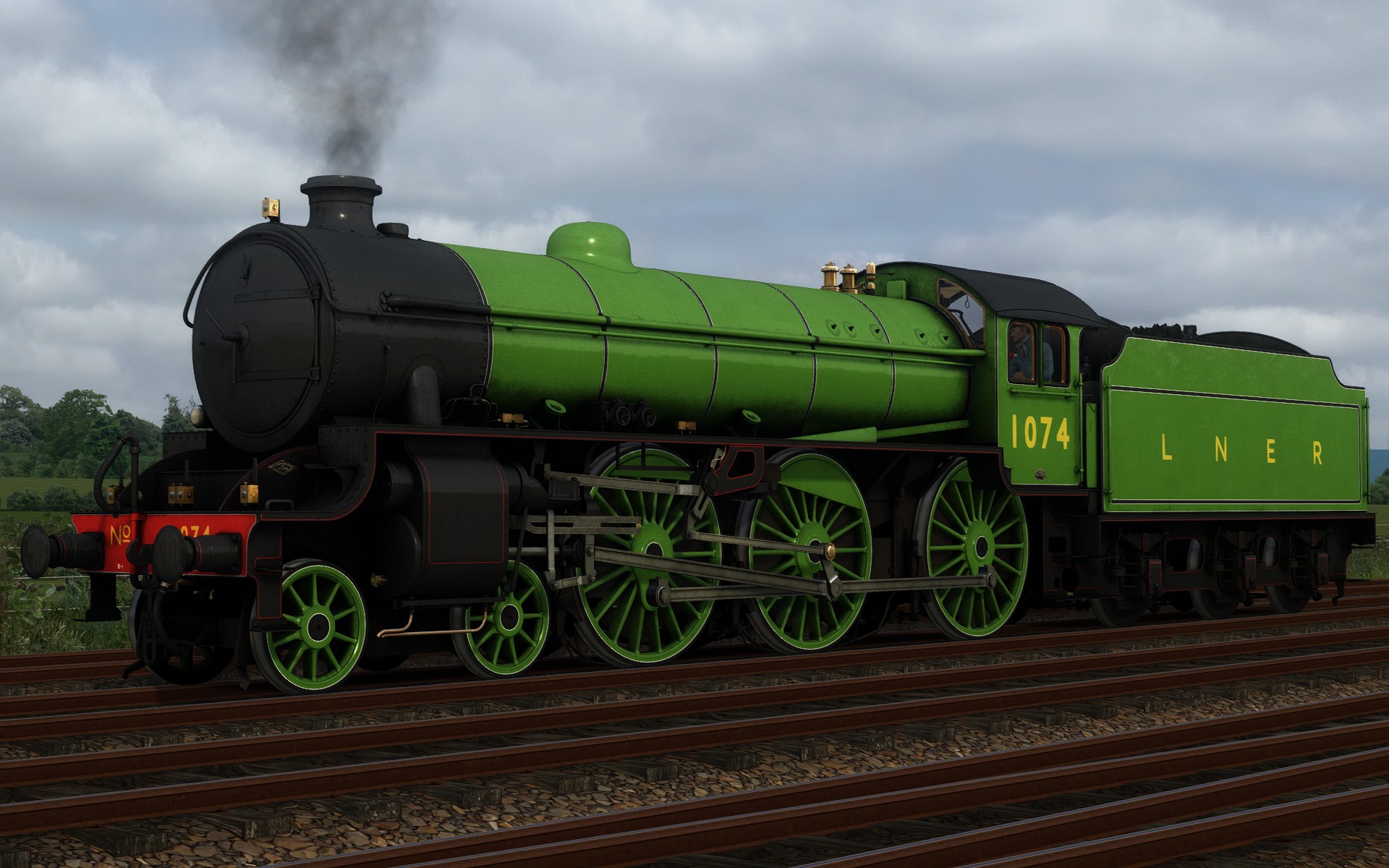
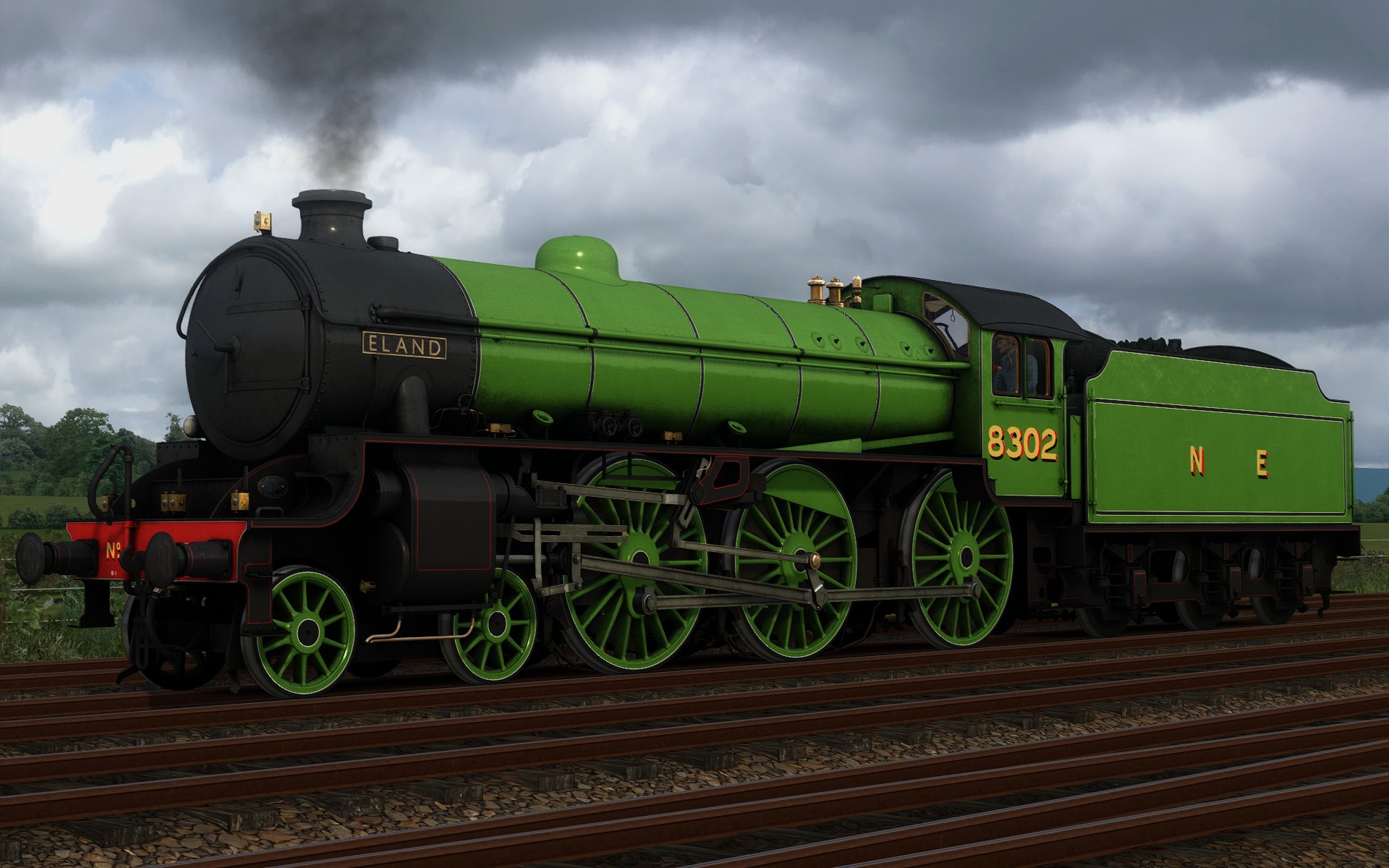
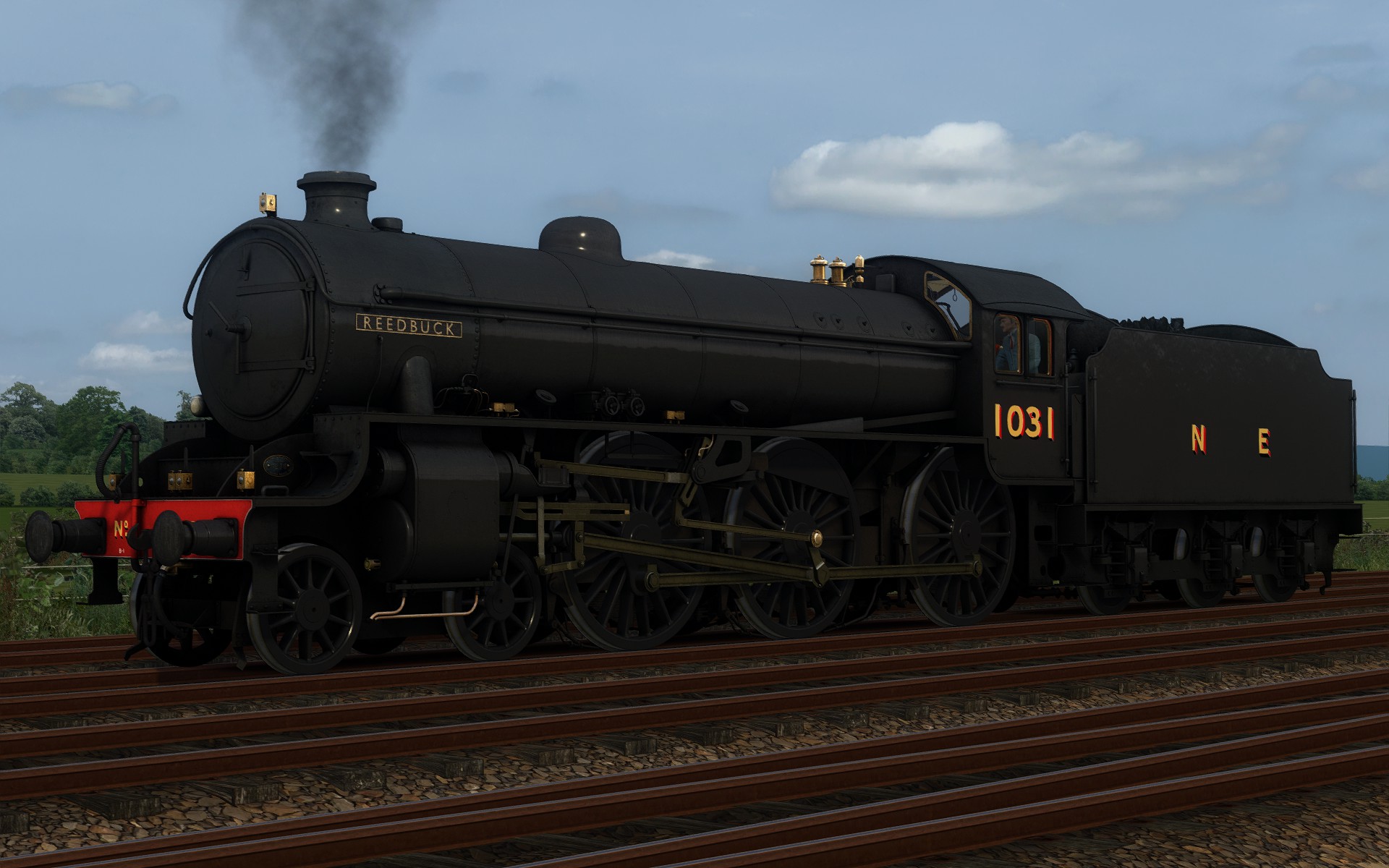
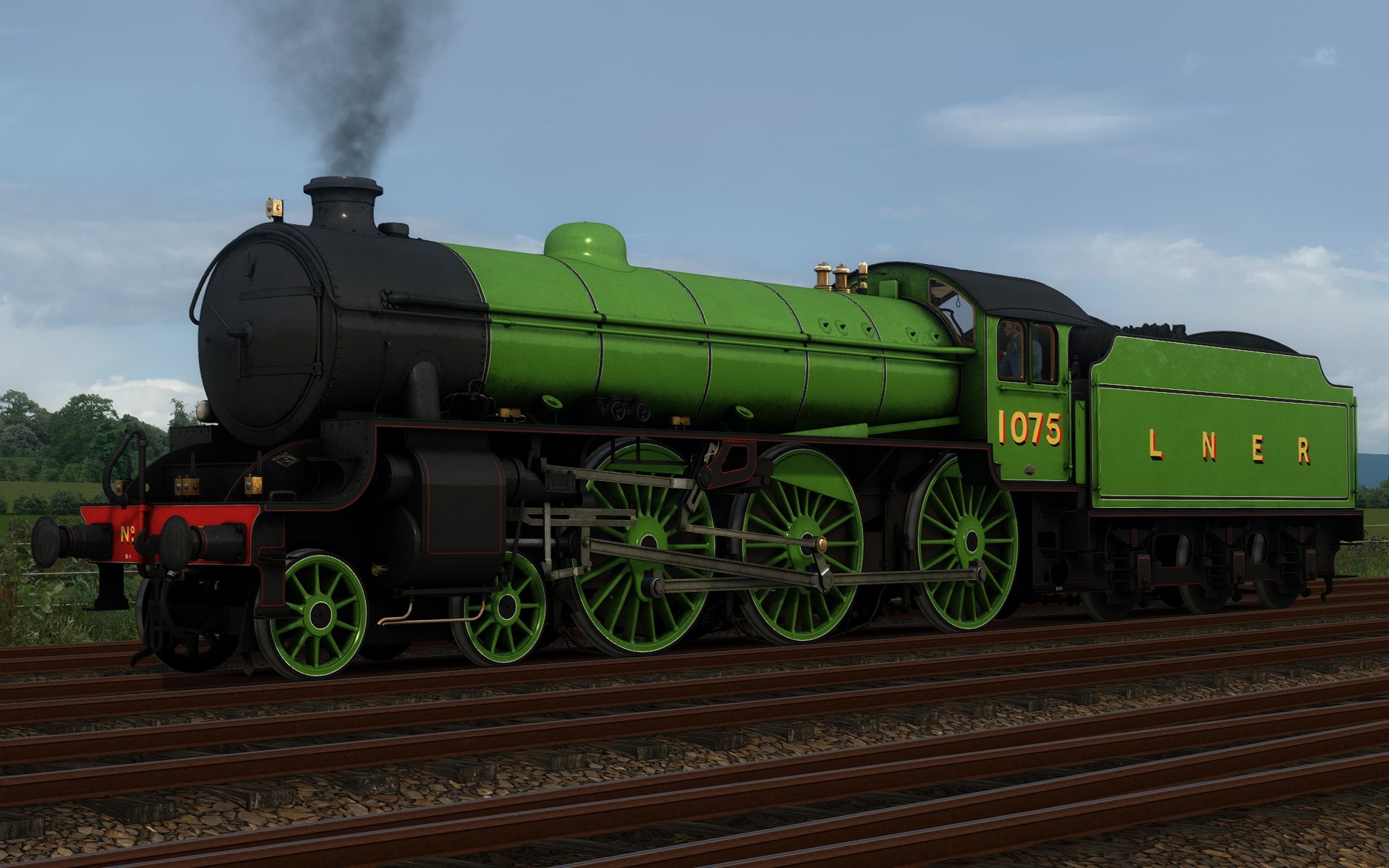
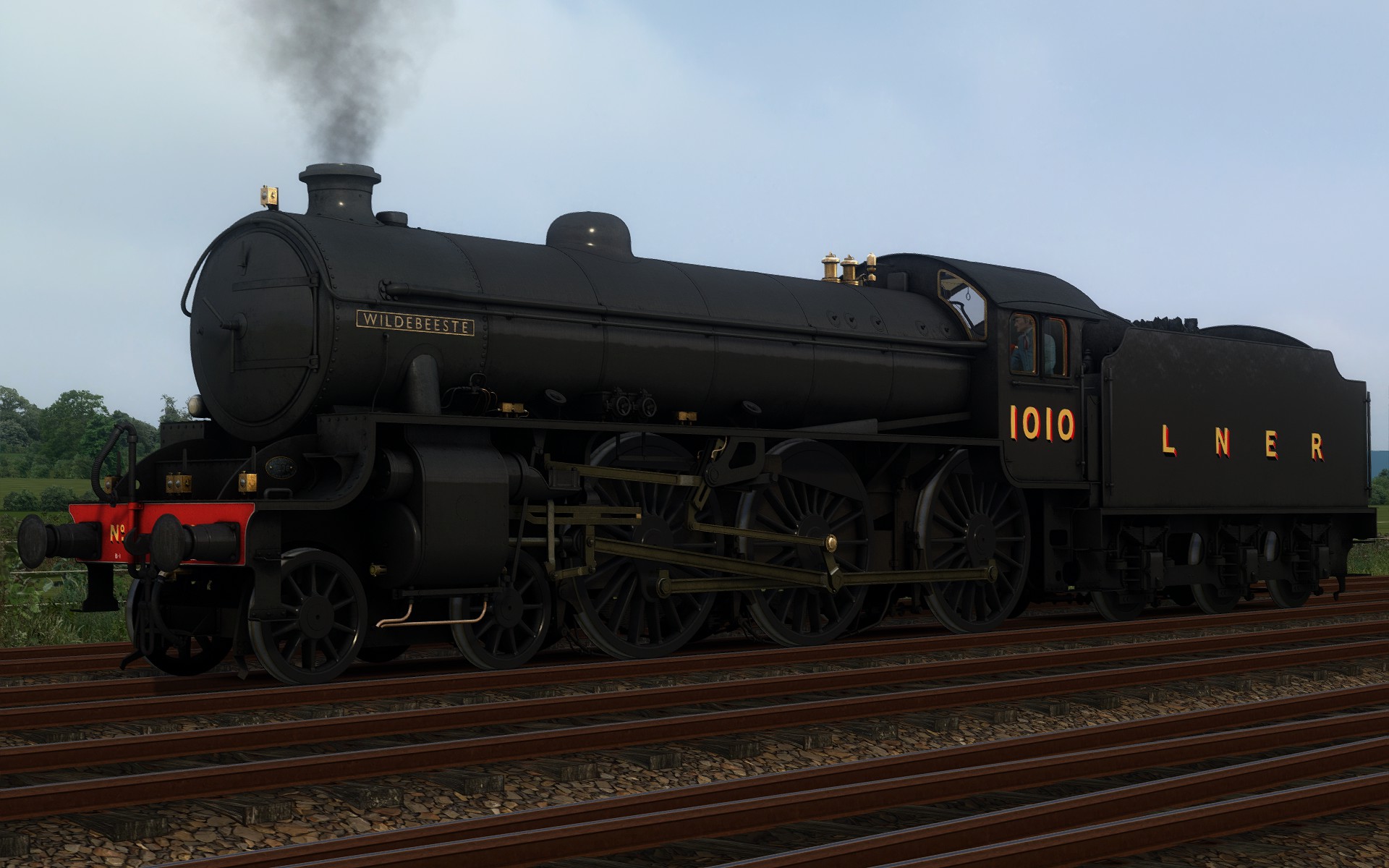
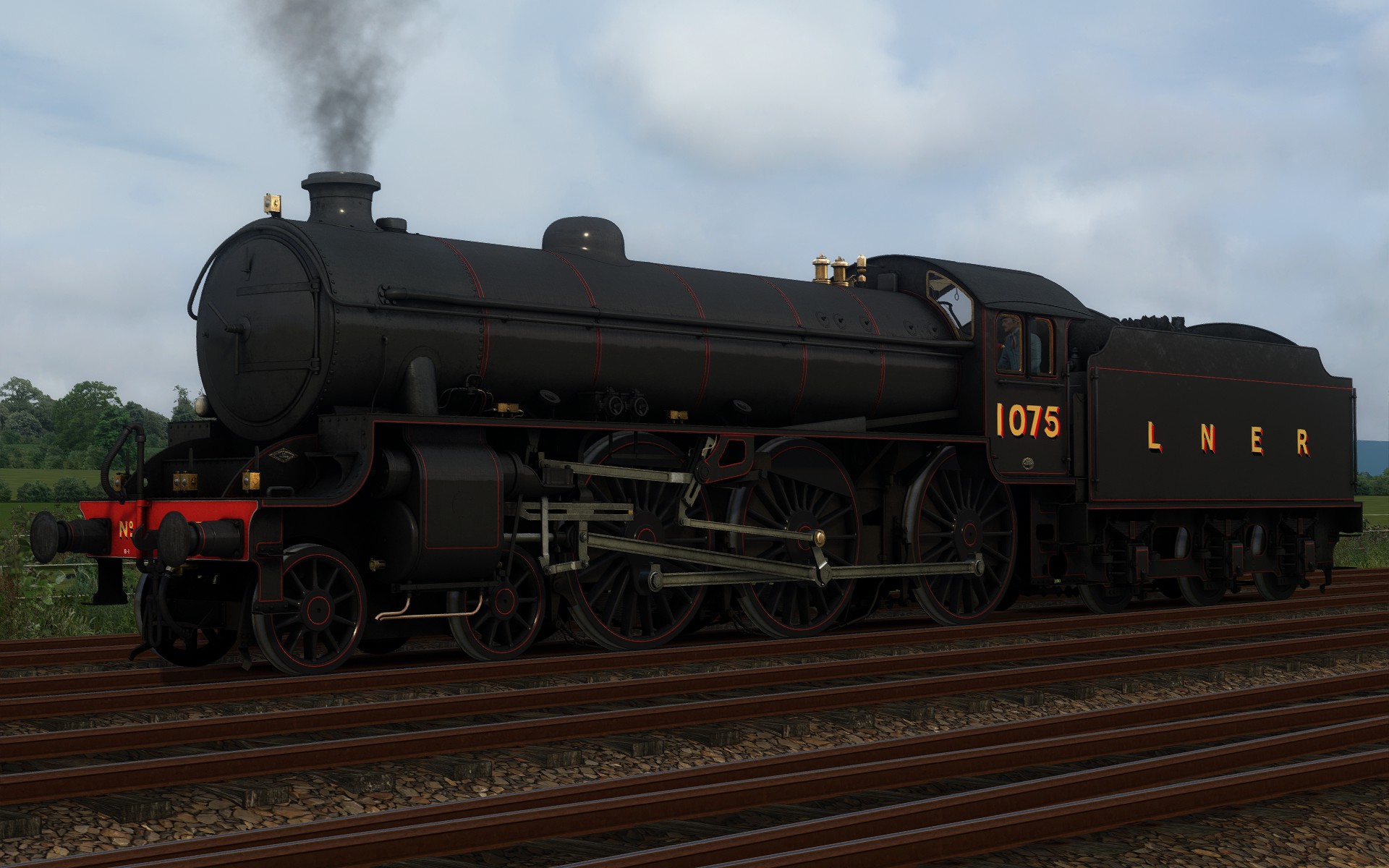
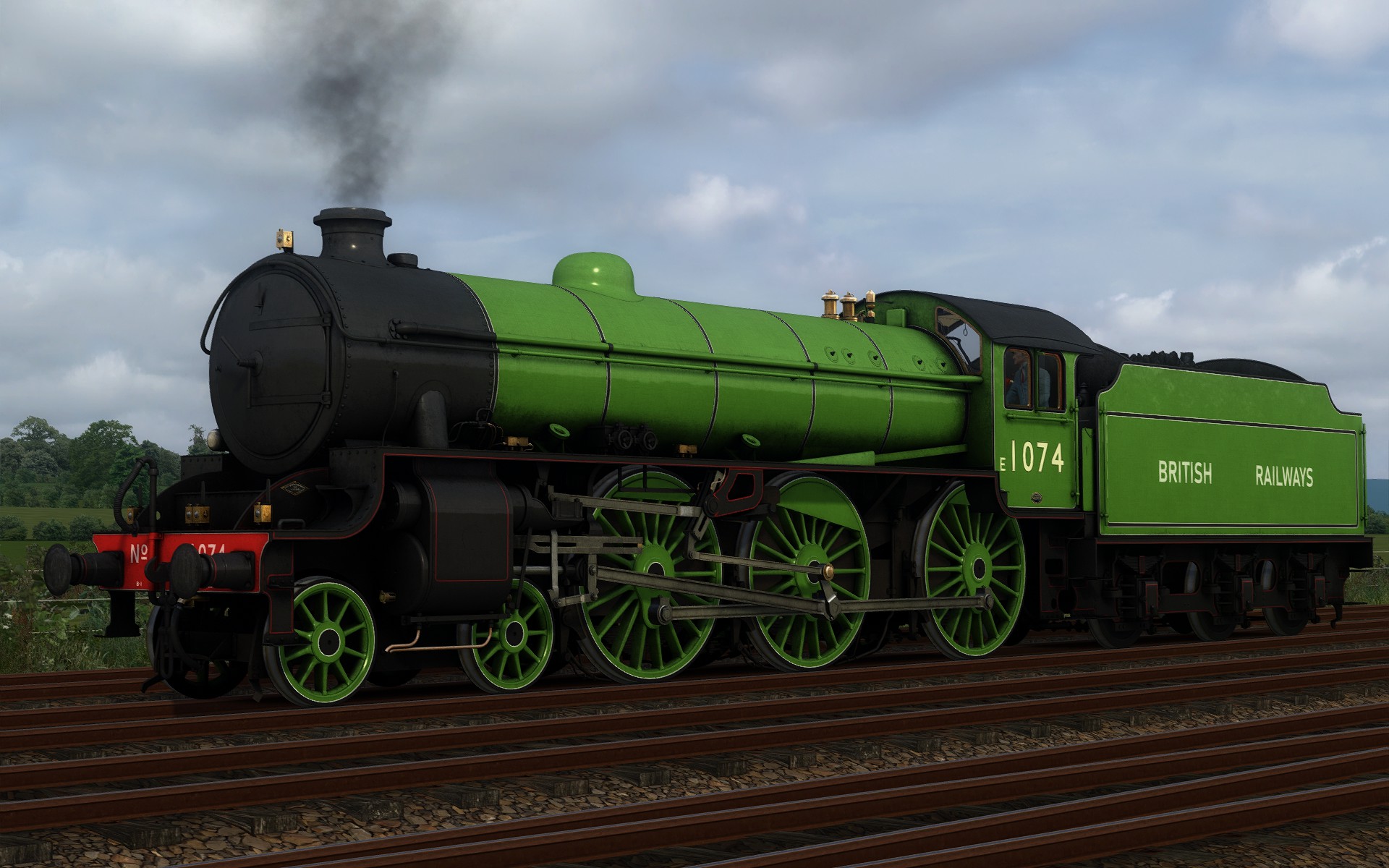
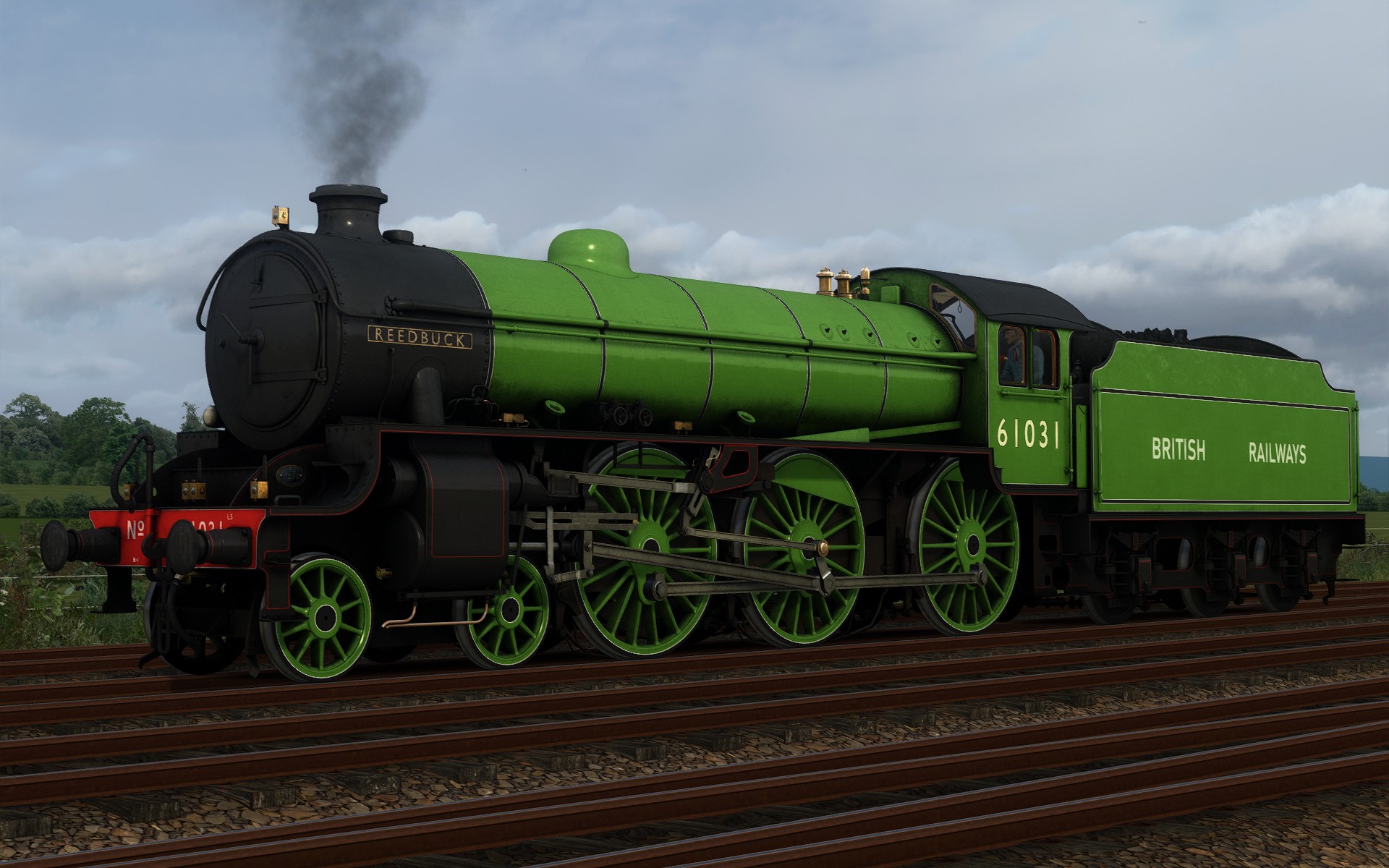
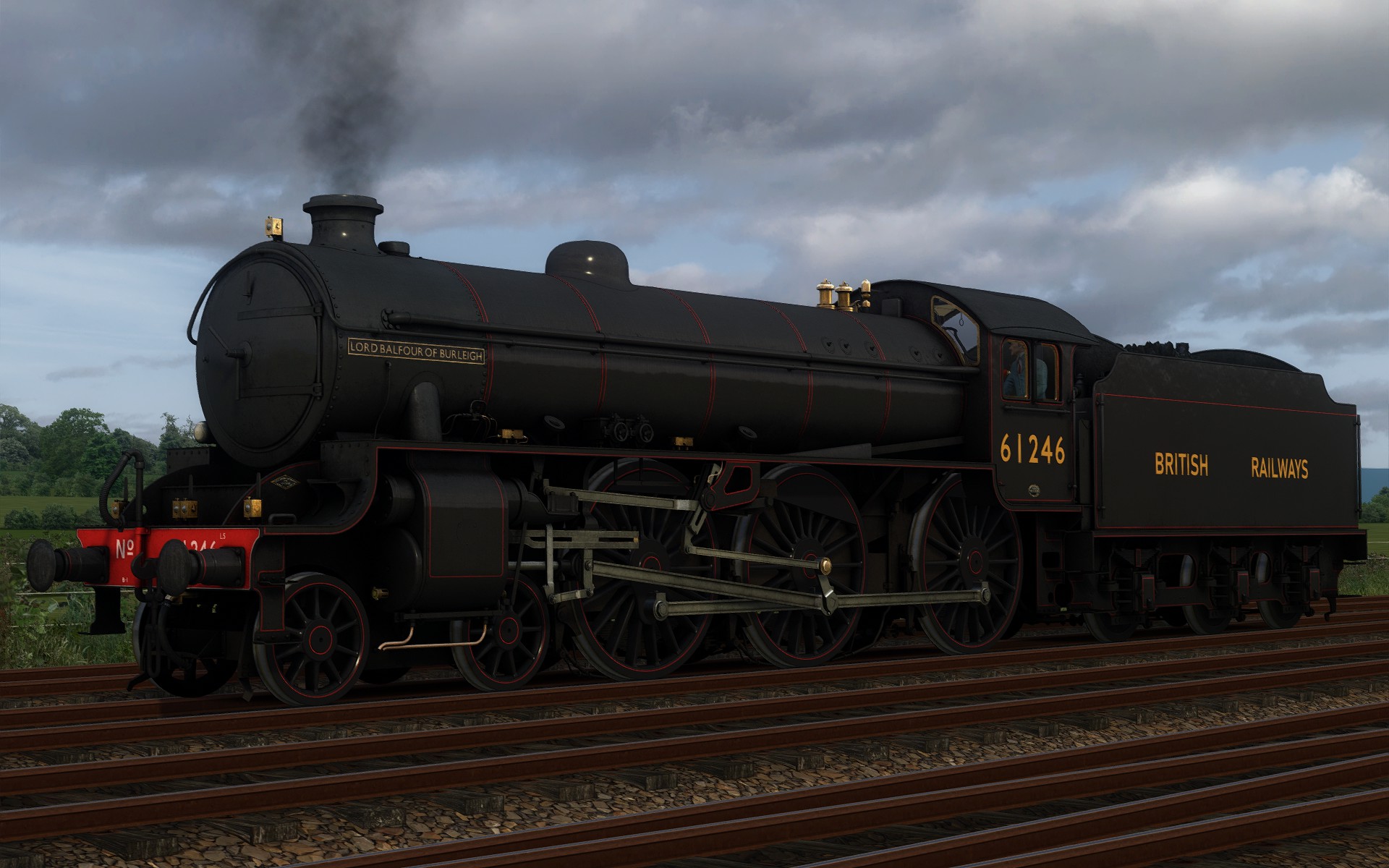
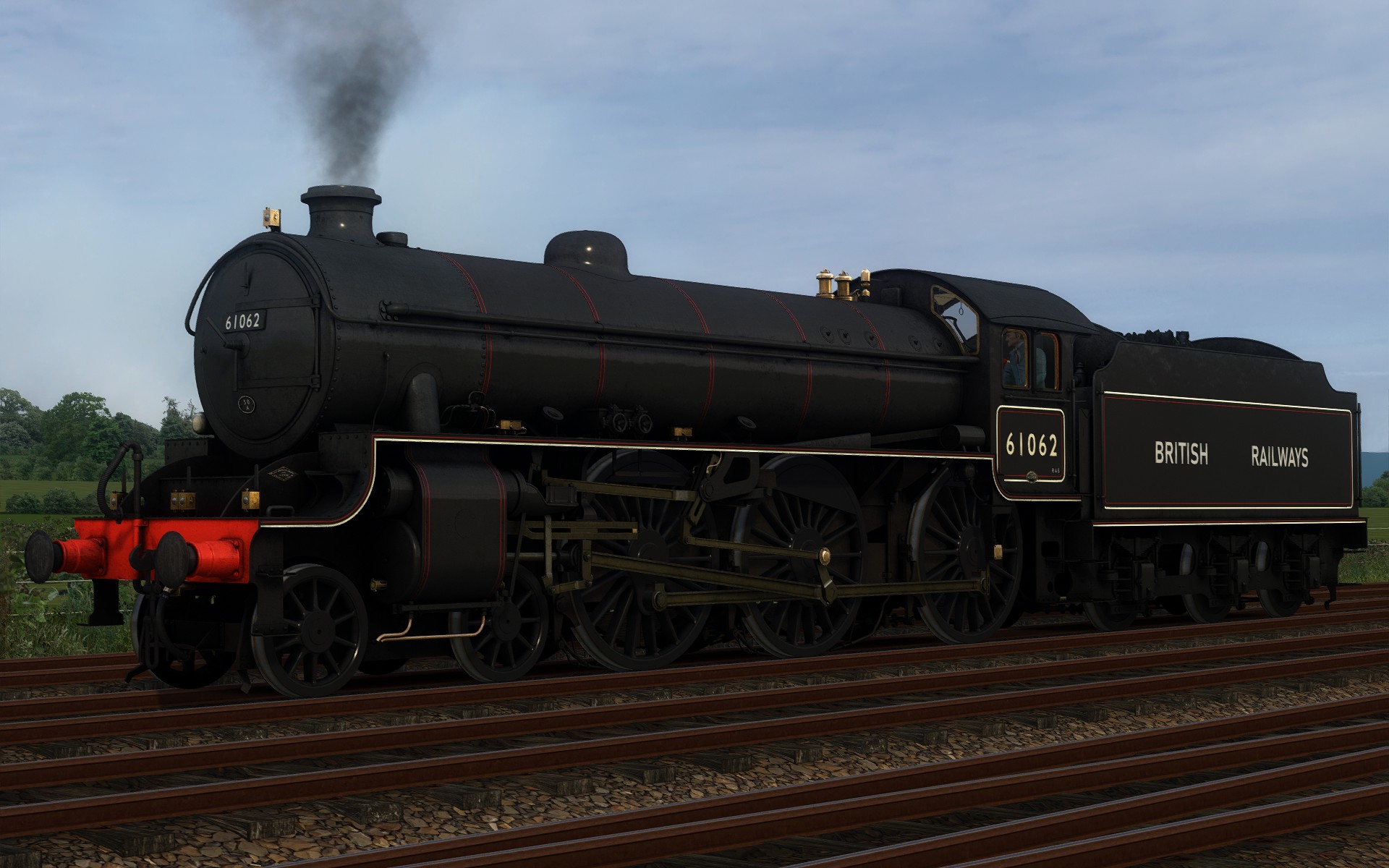
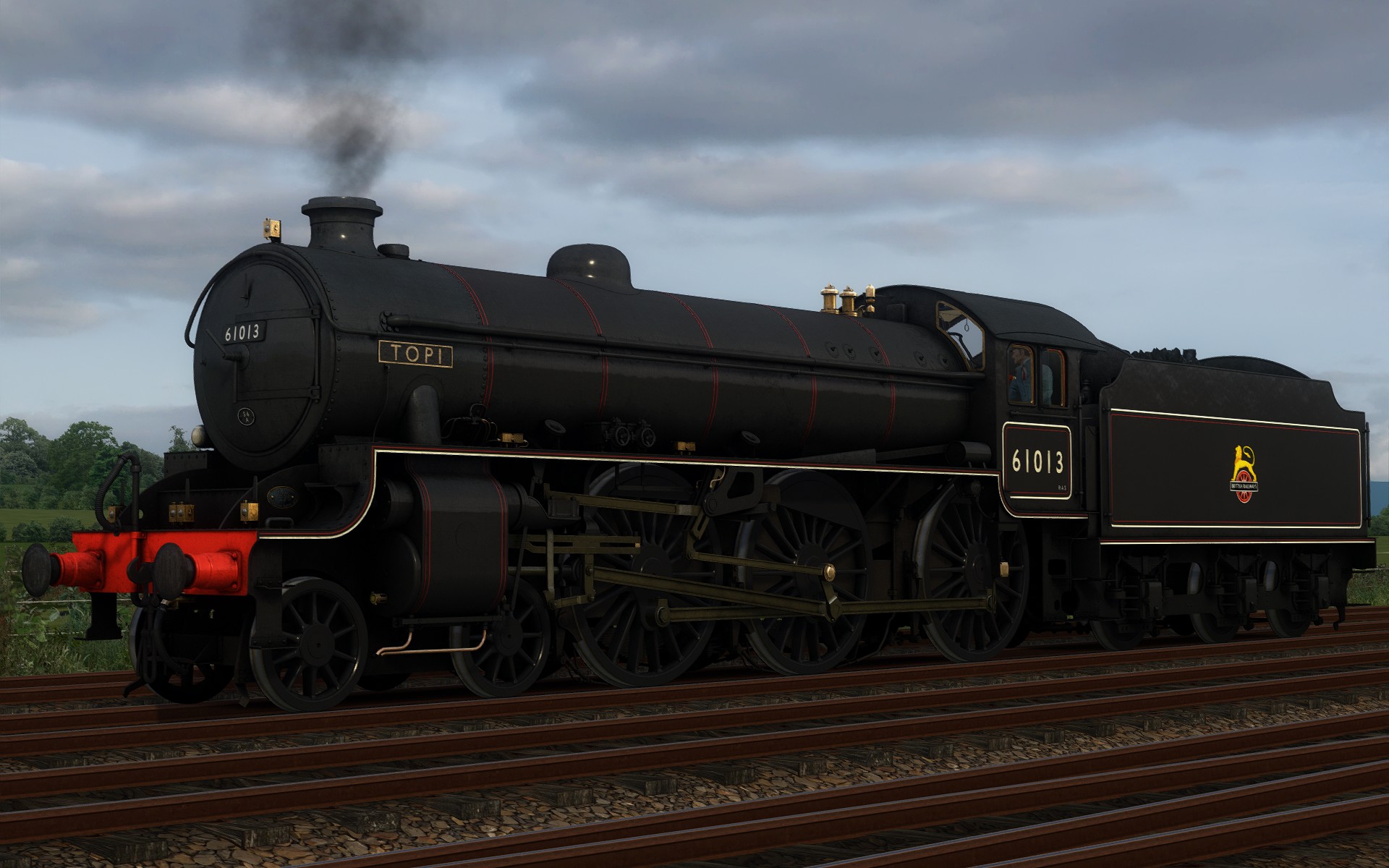
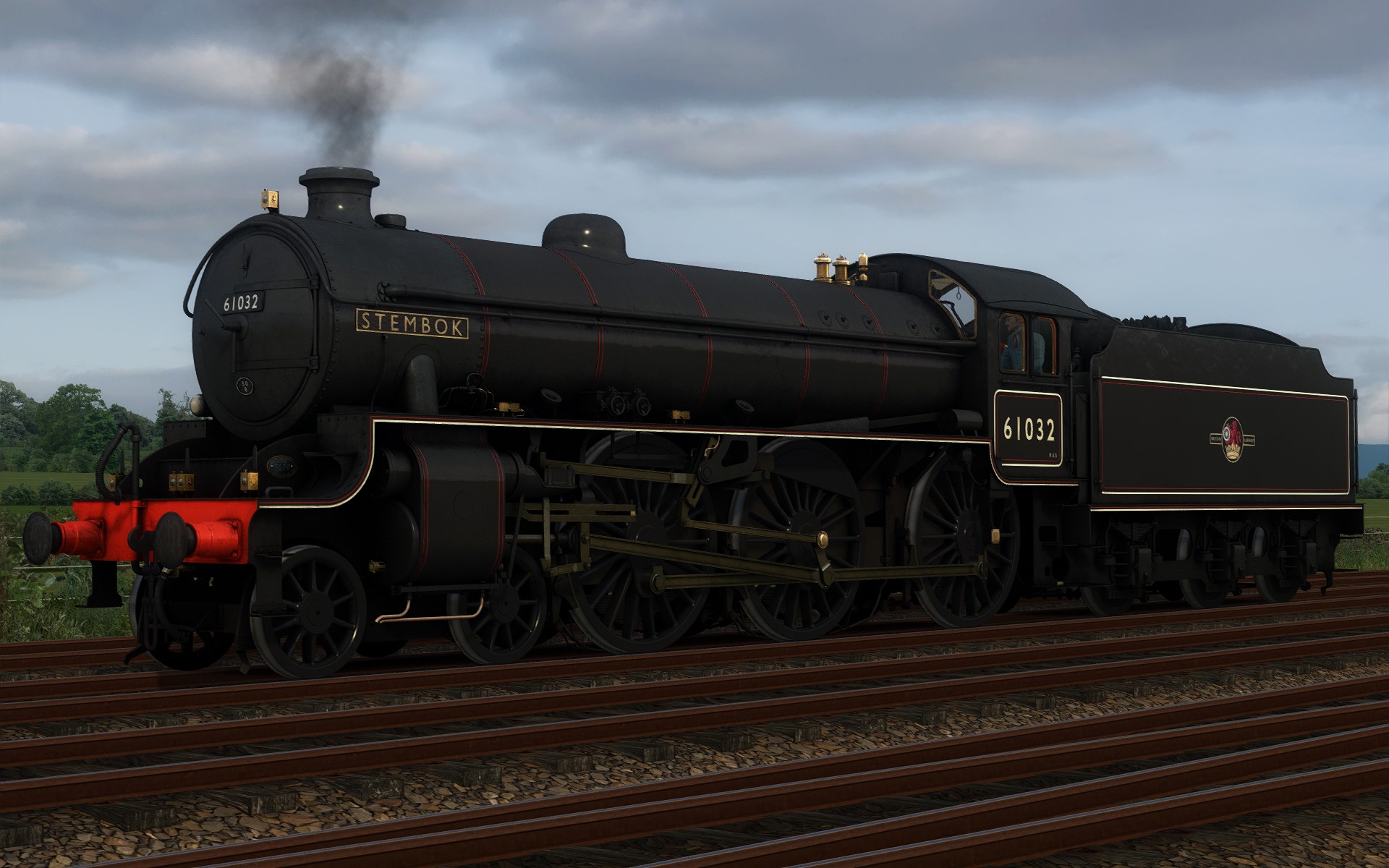
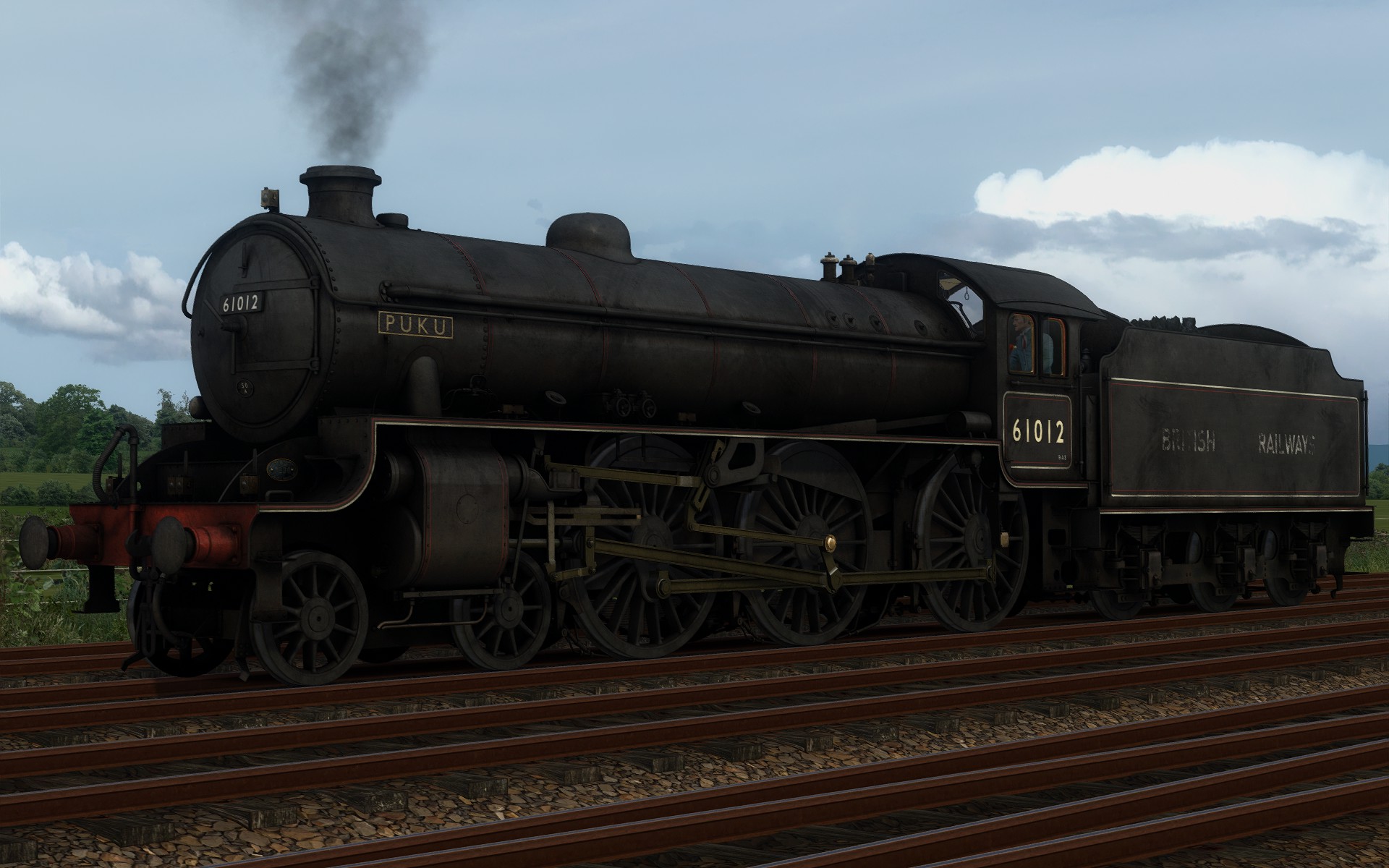
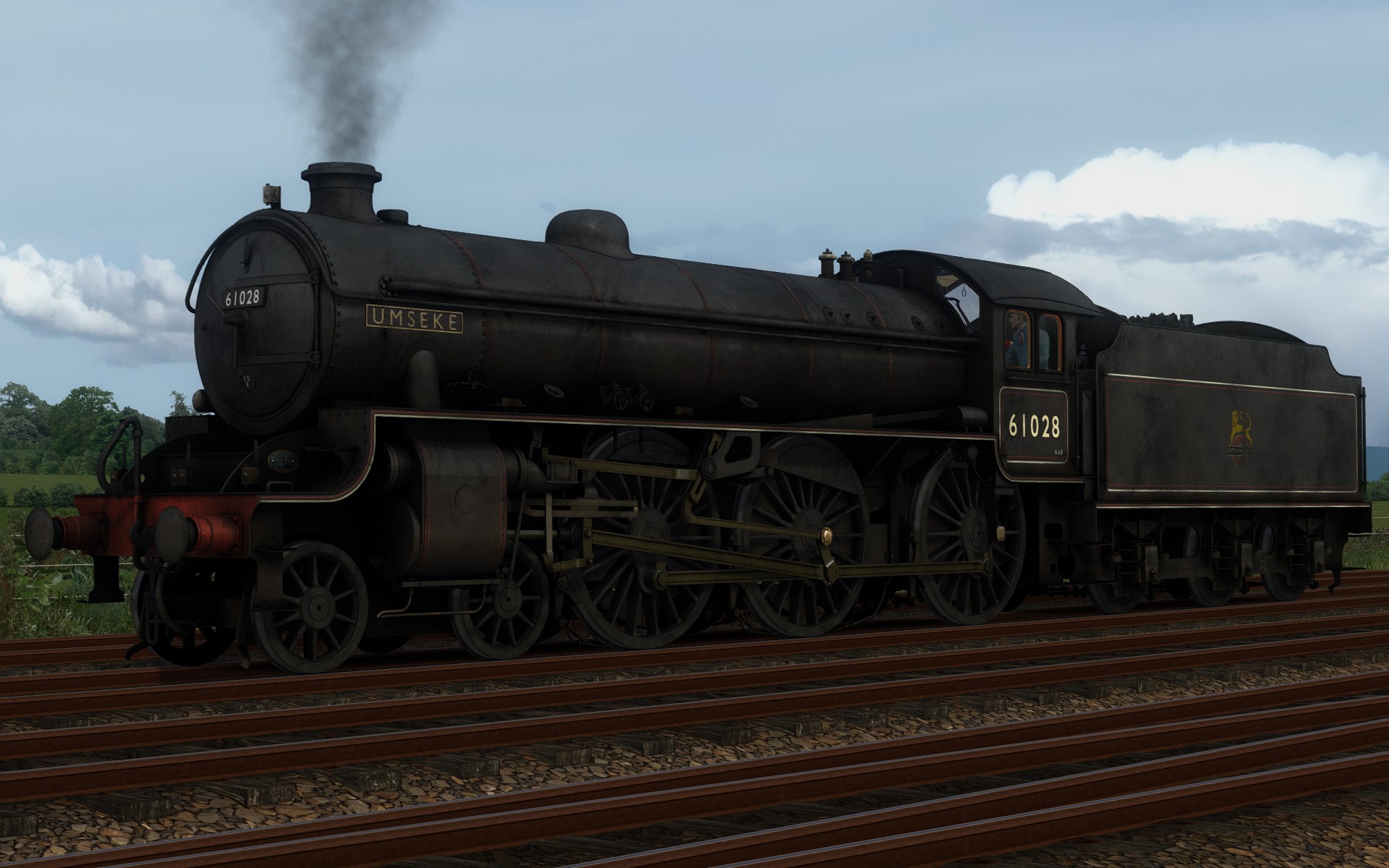
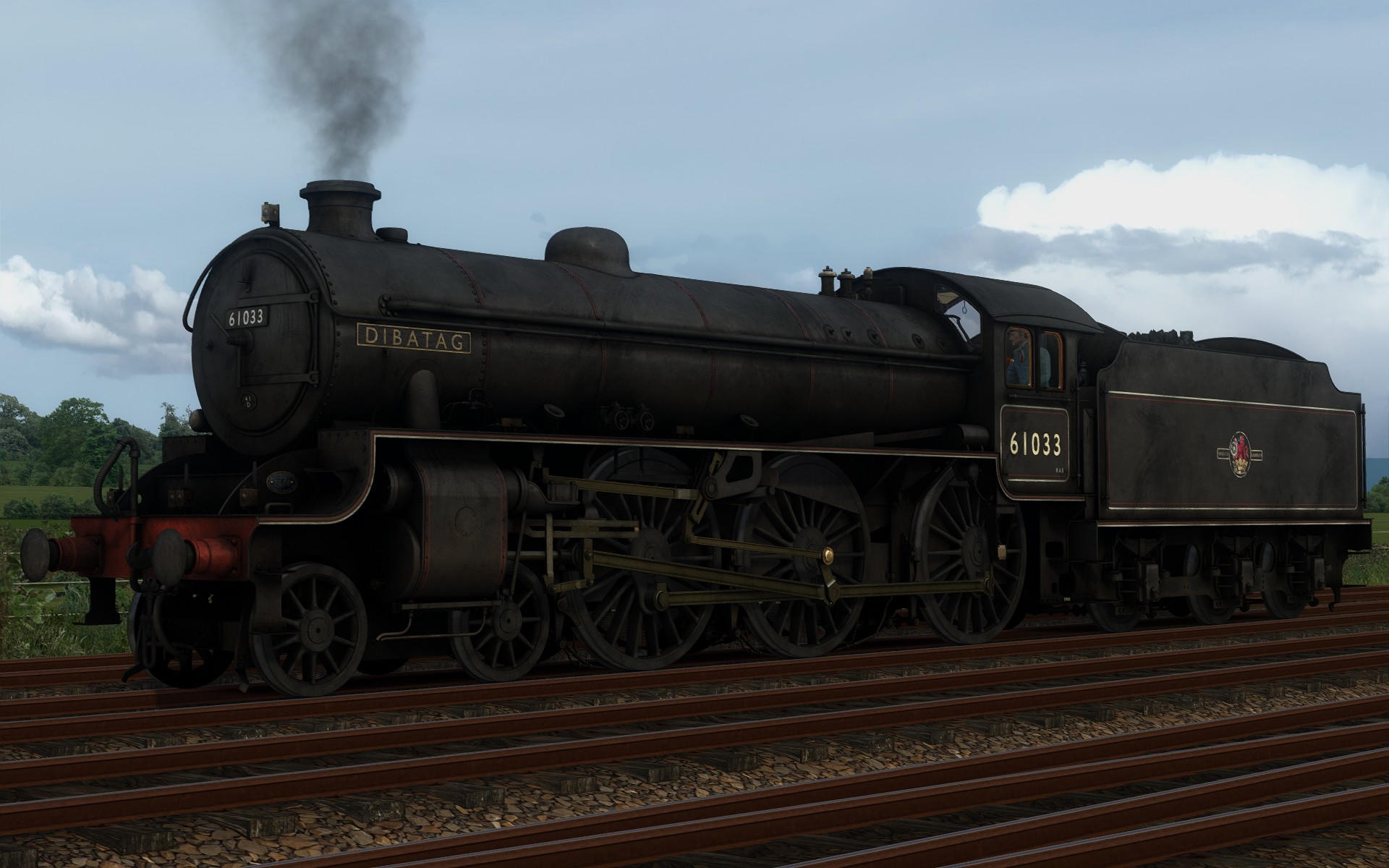
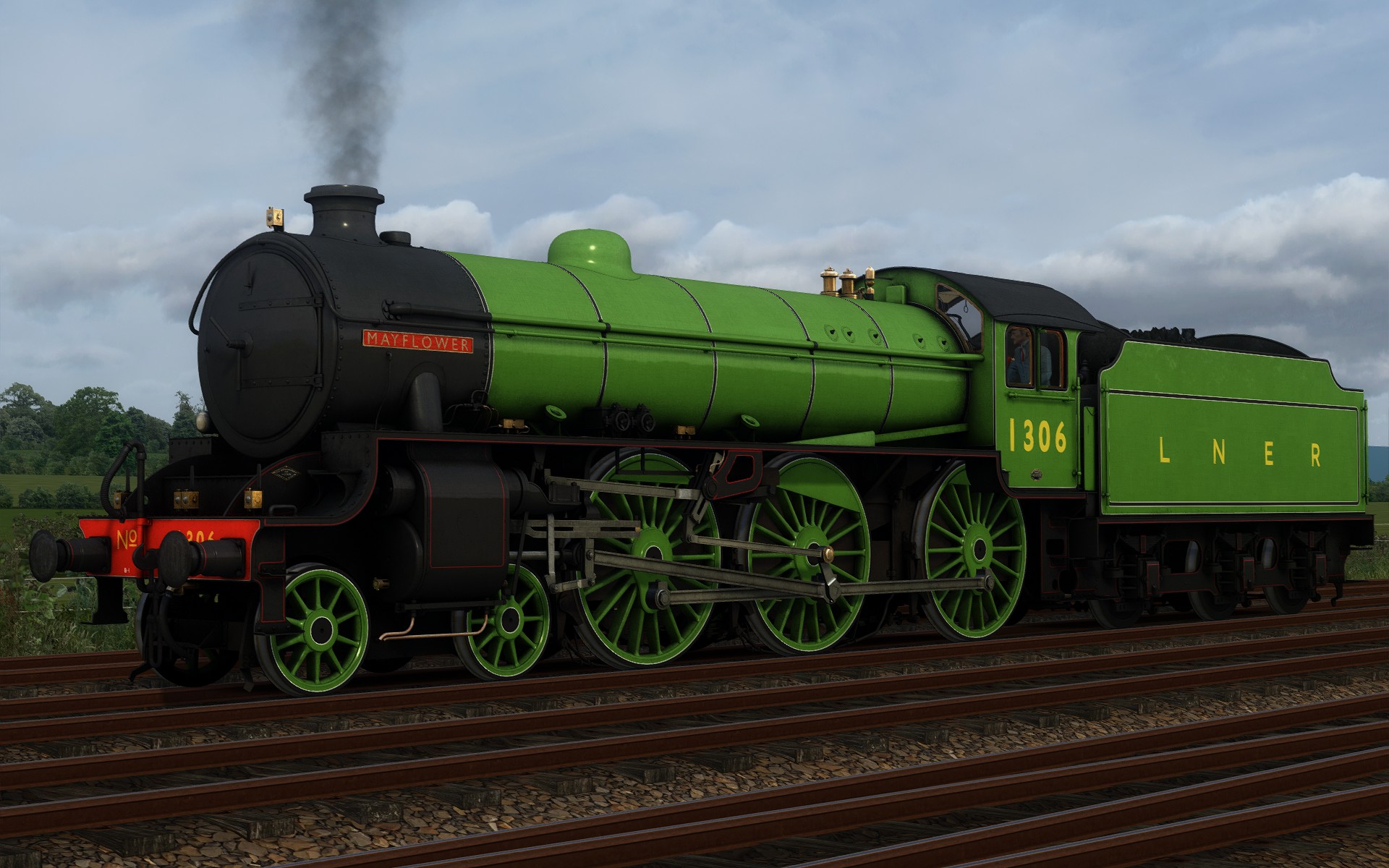
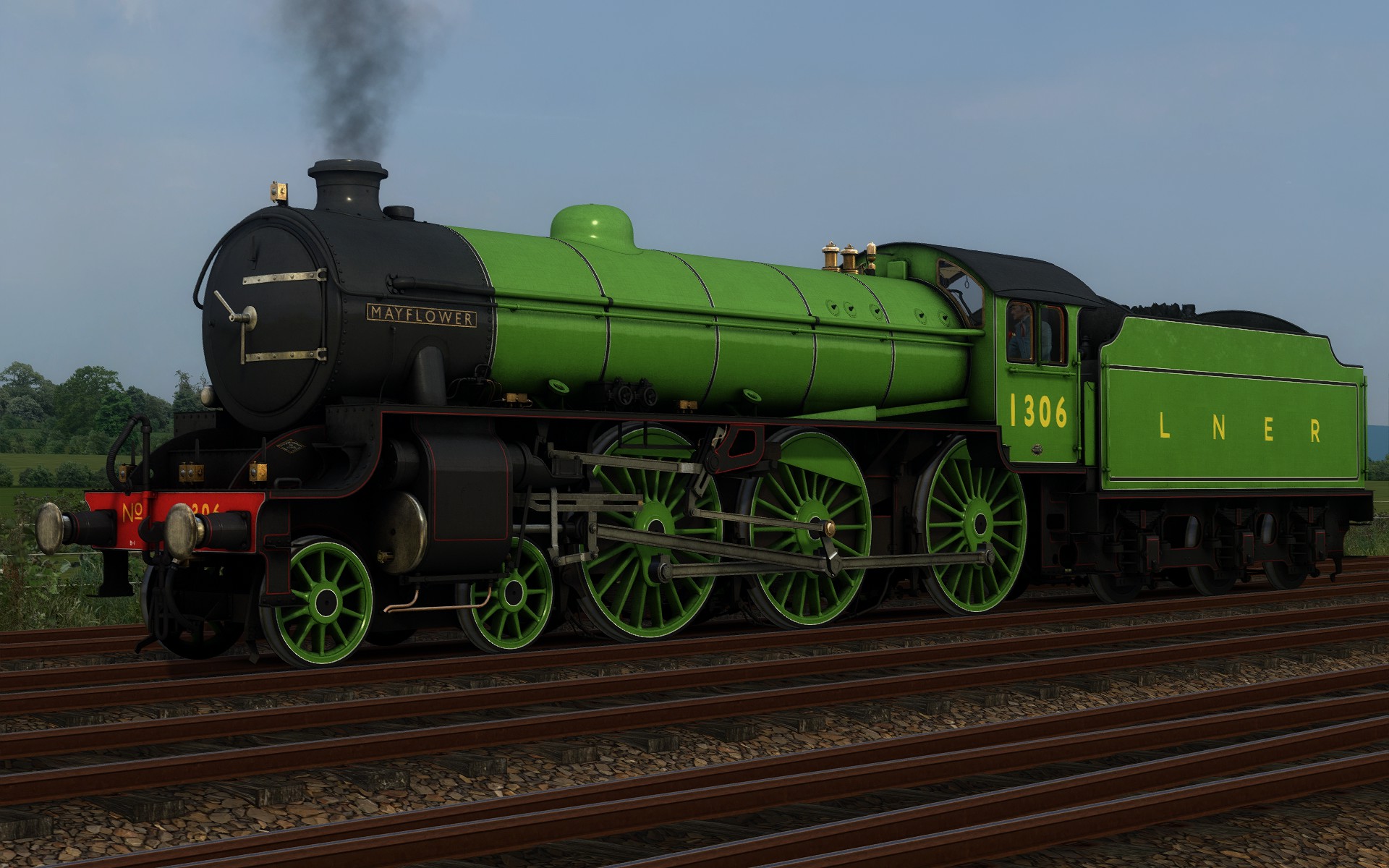
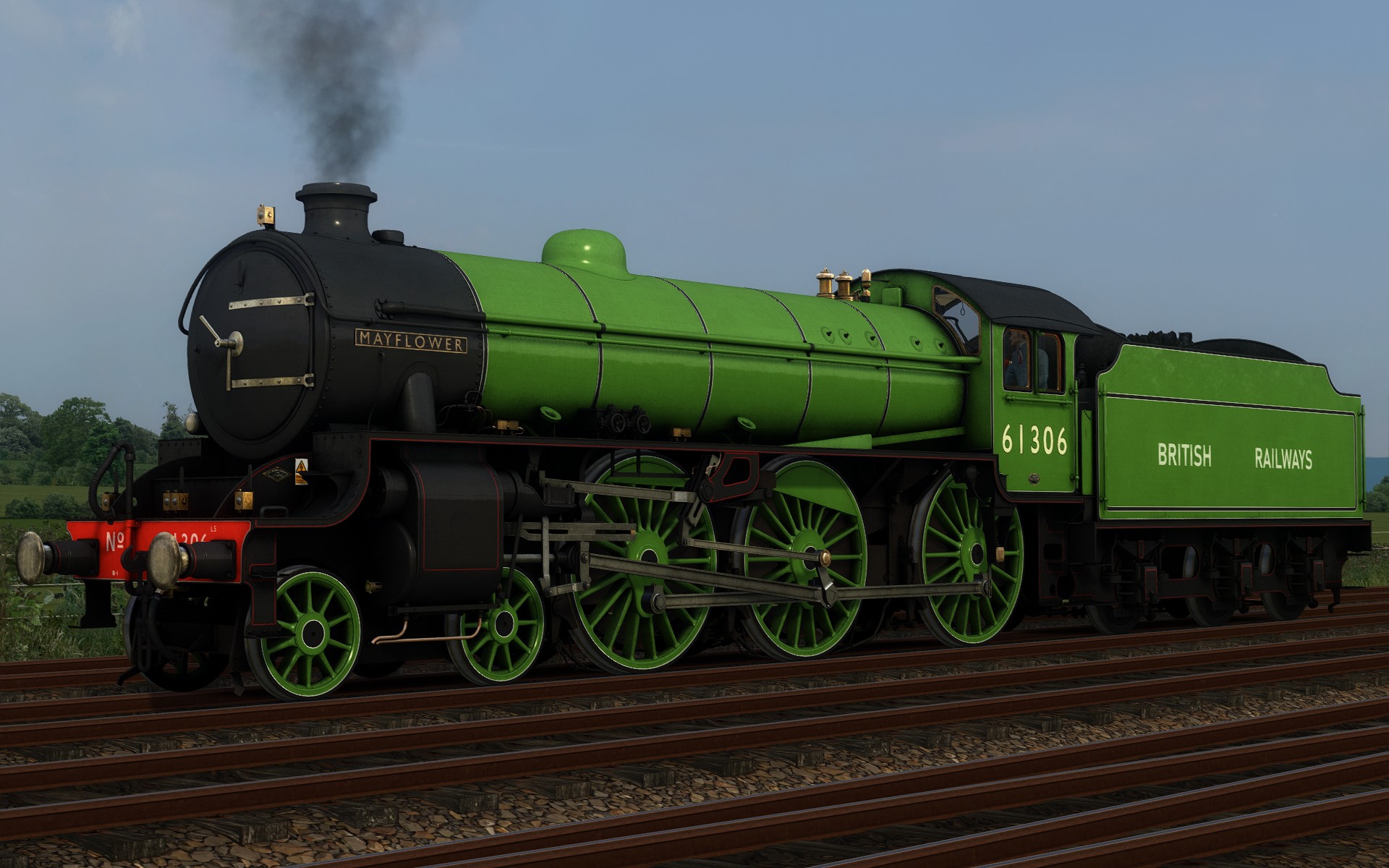
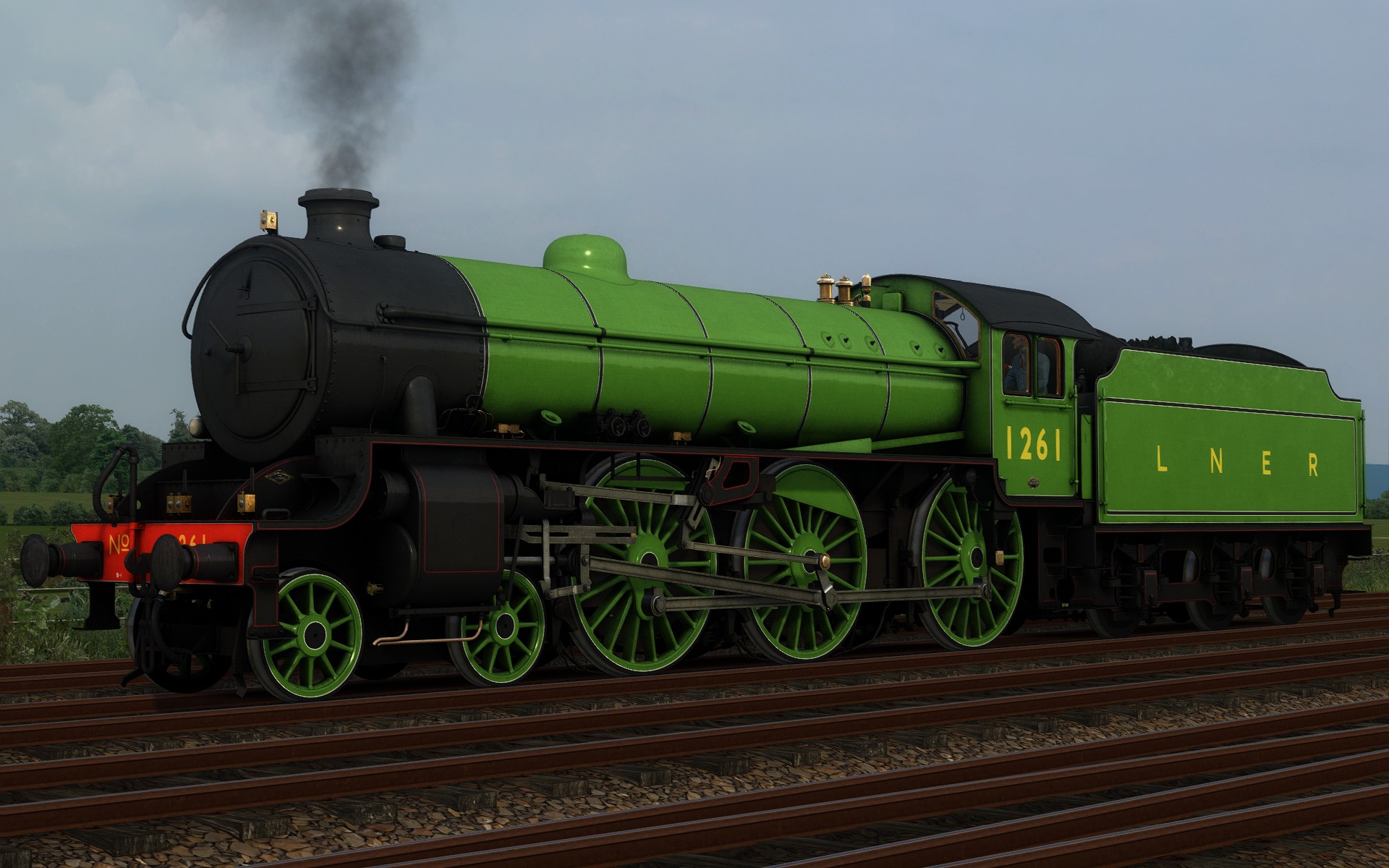
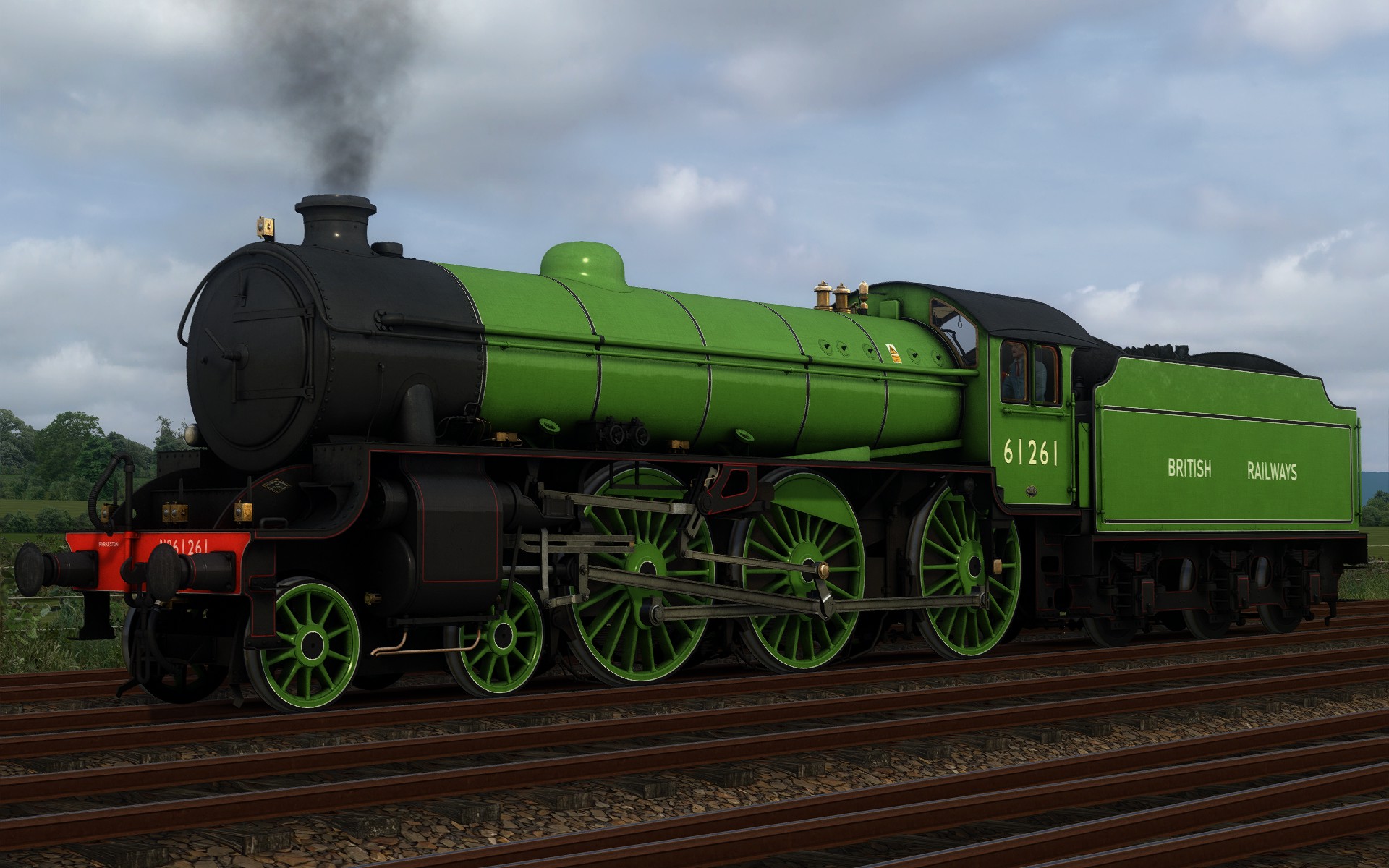
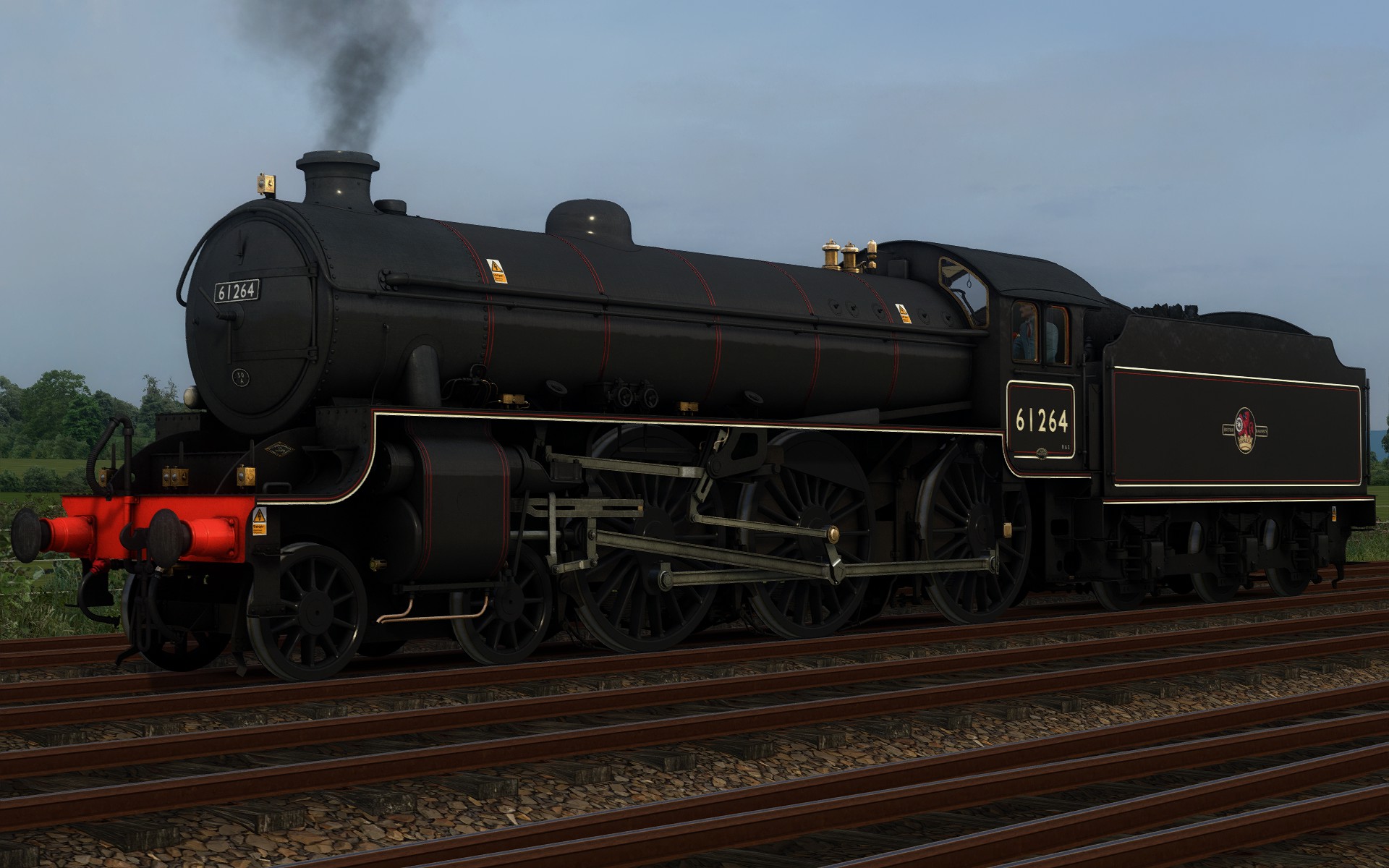
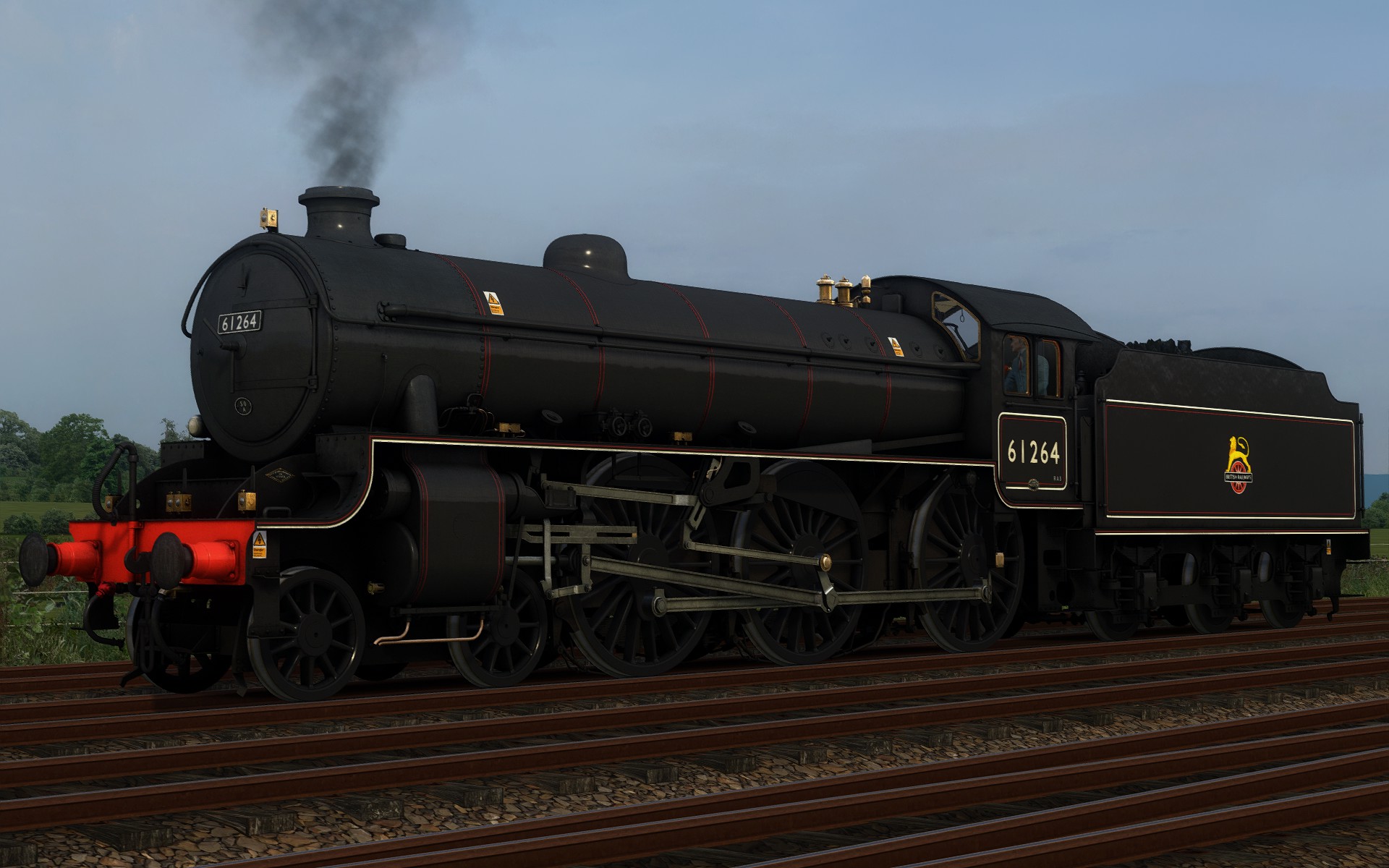
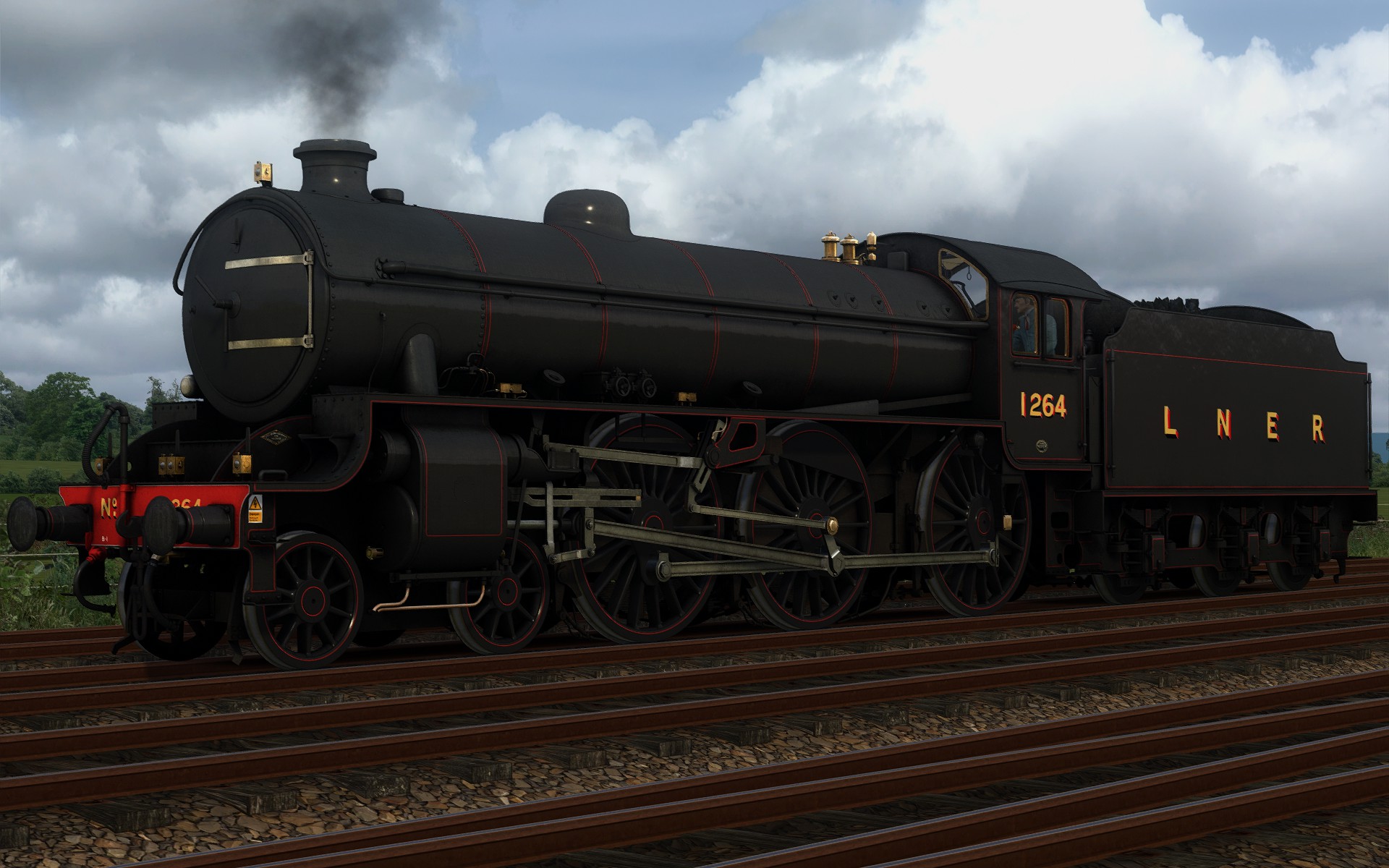
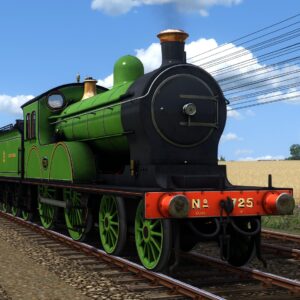
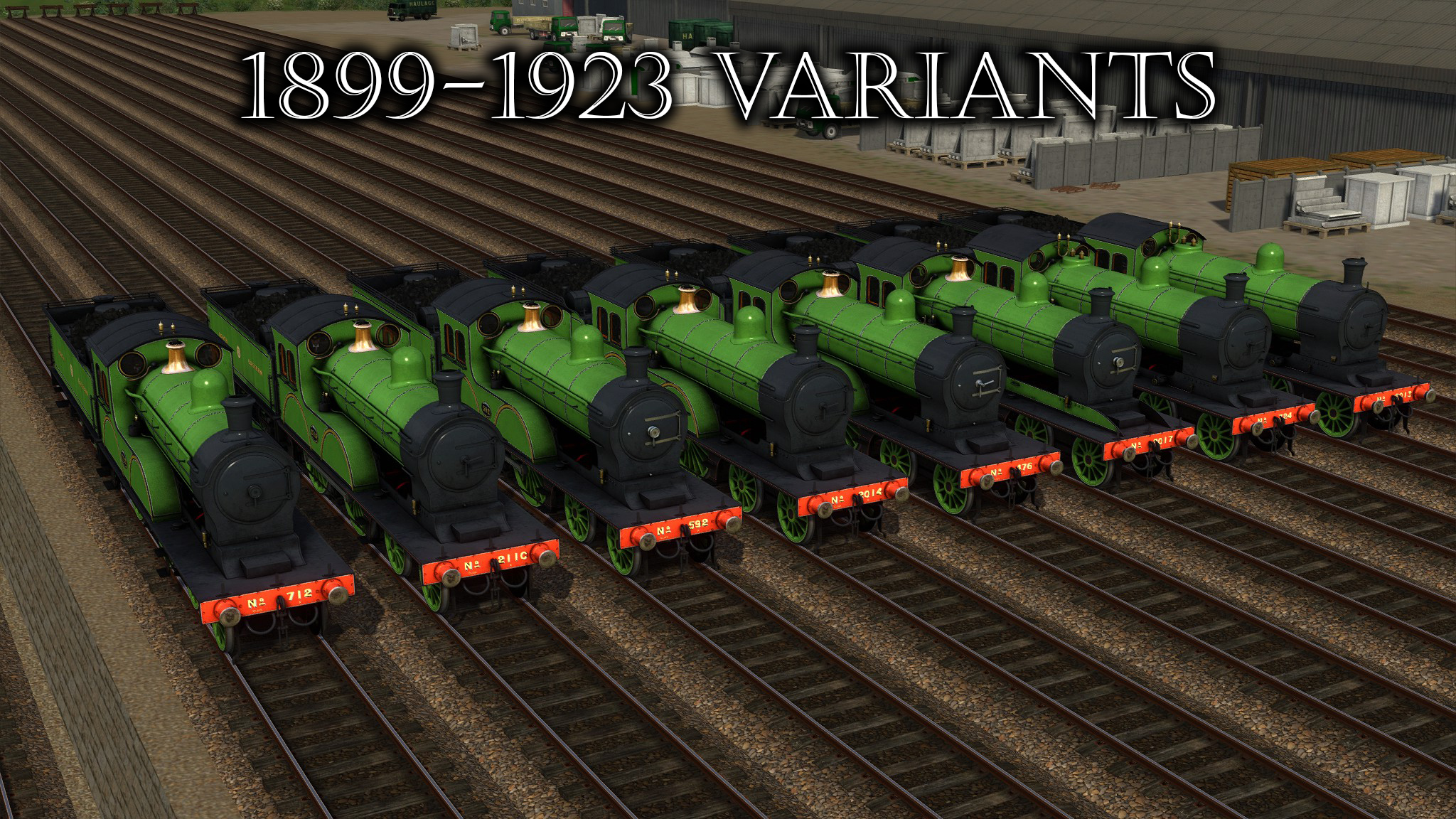
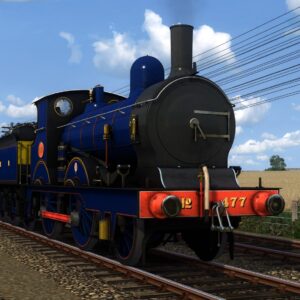
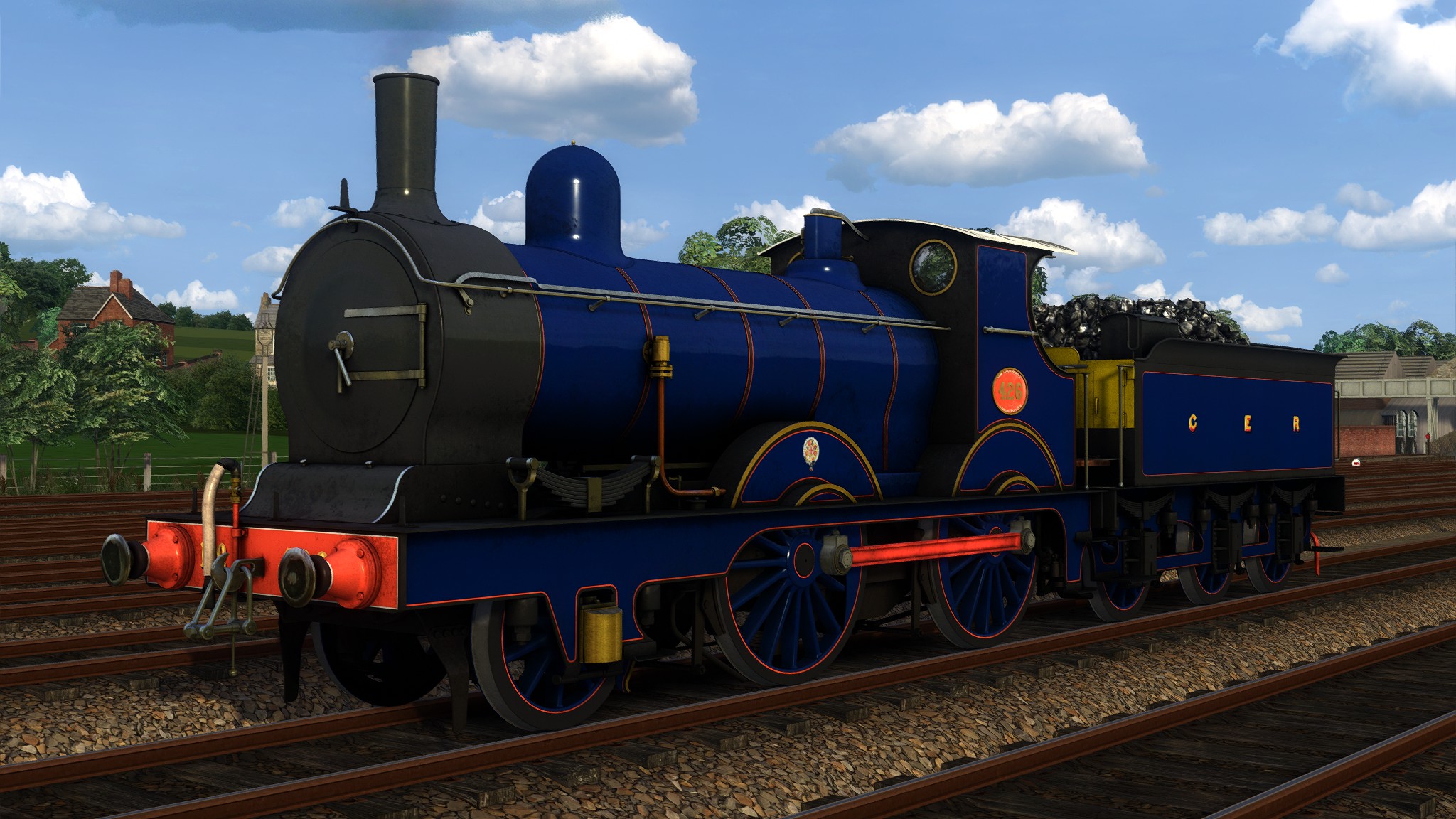
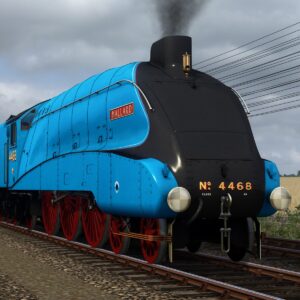
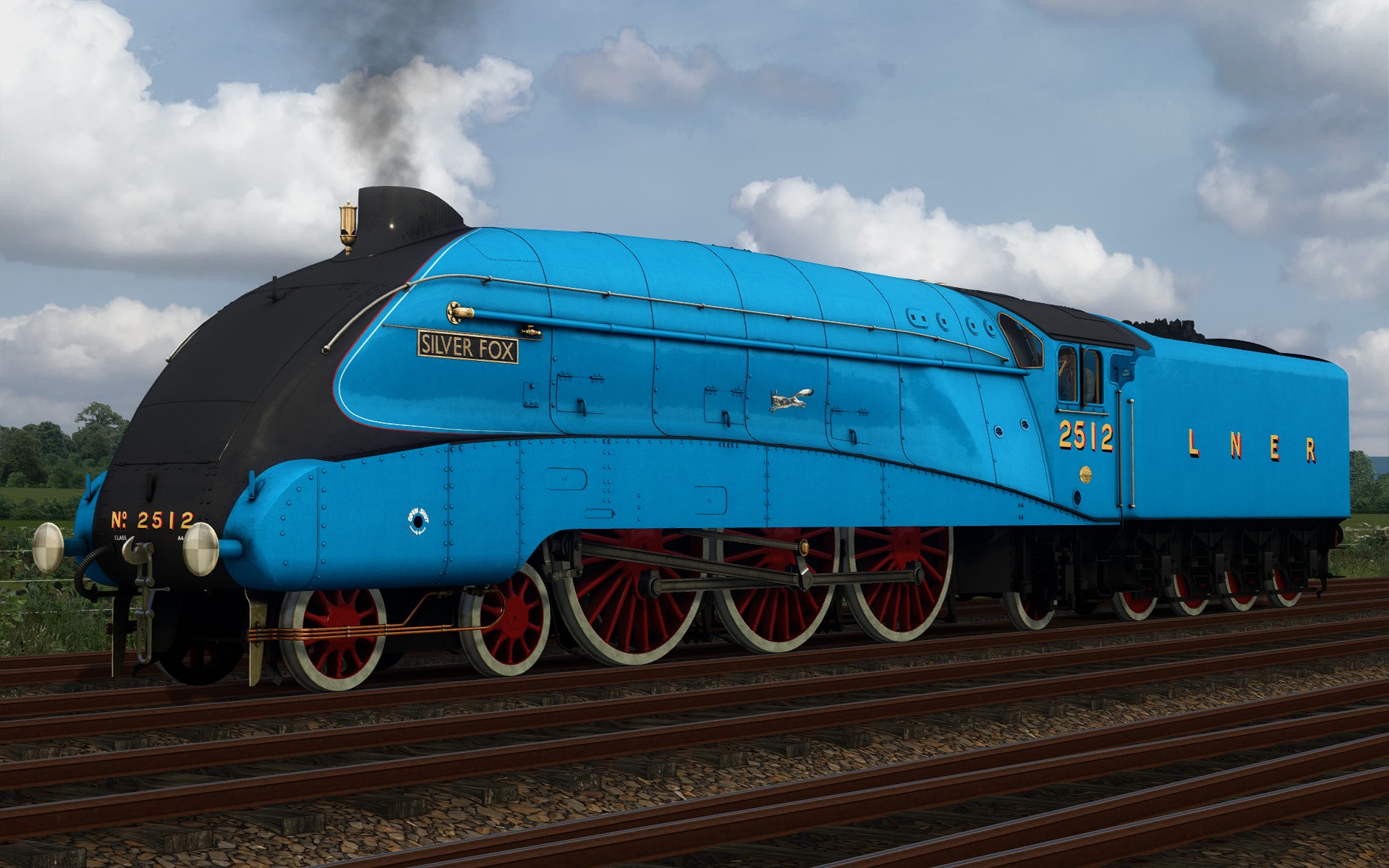
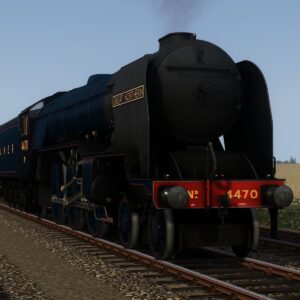
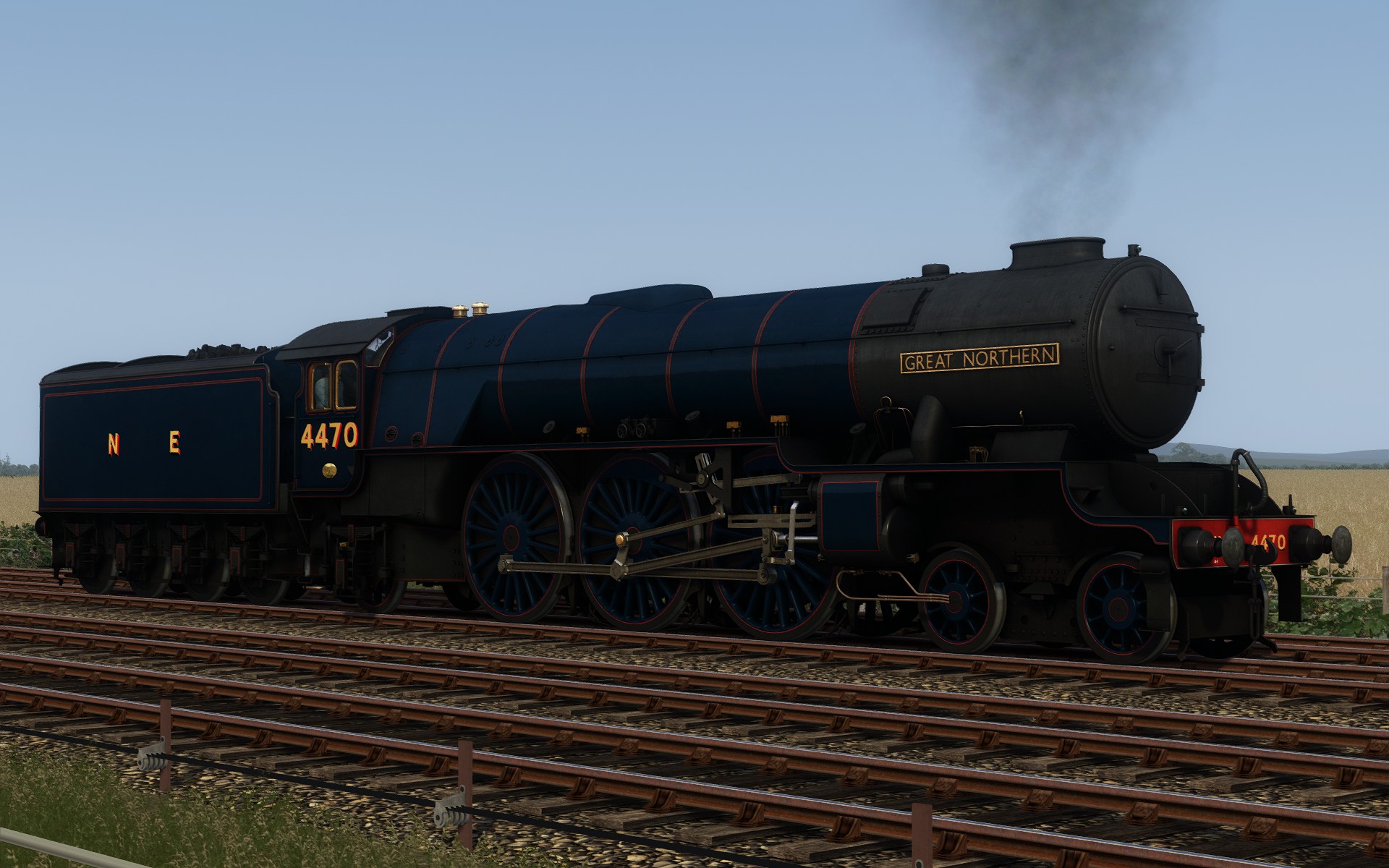
Reviews
There are no reviews yet.